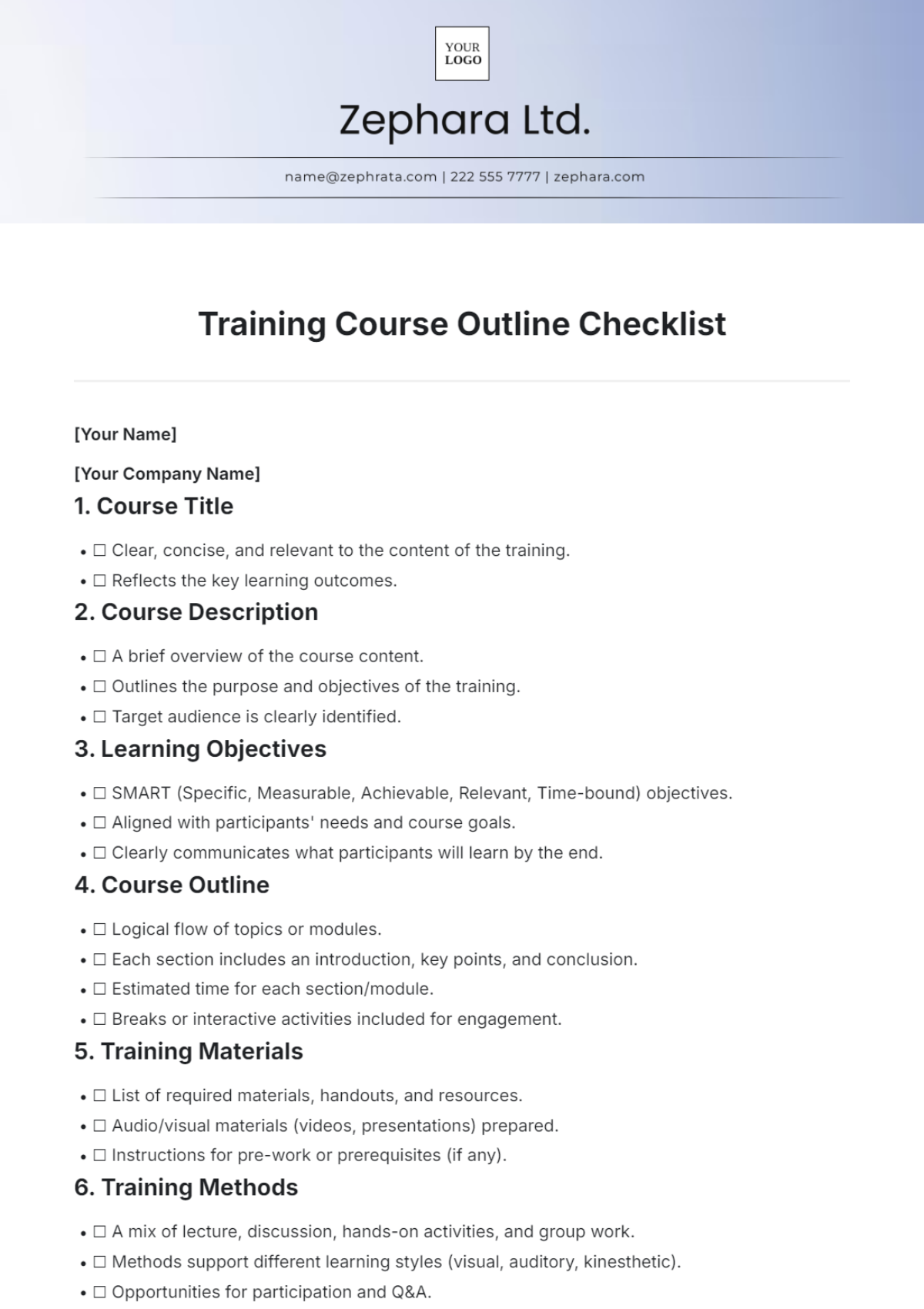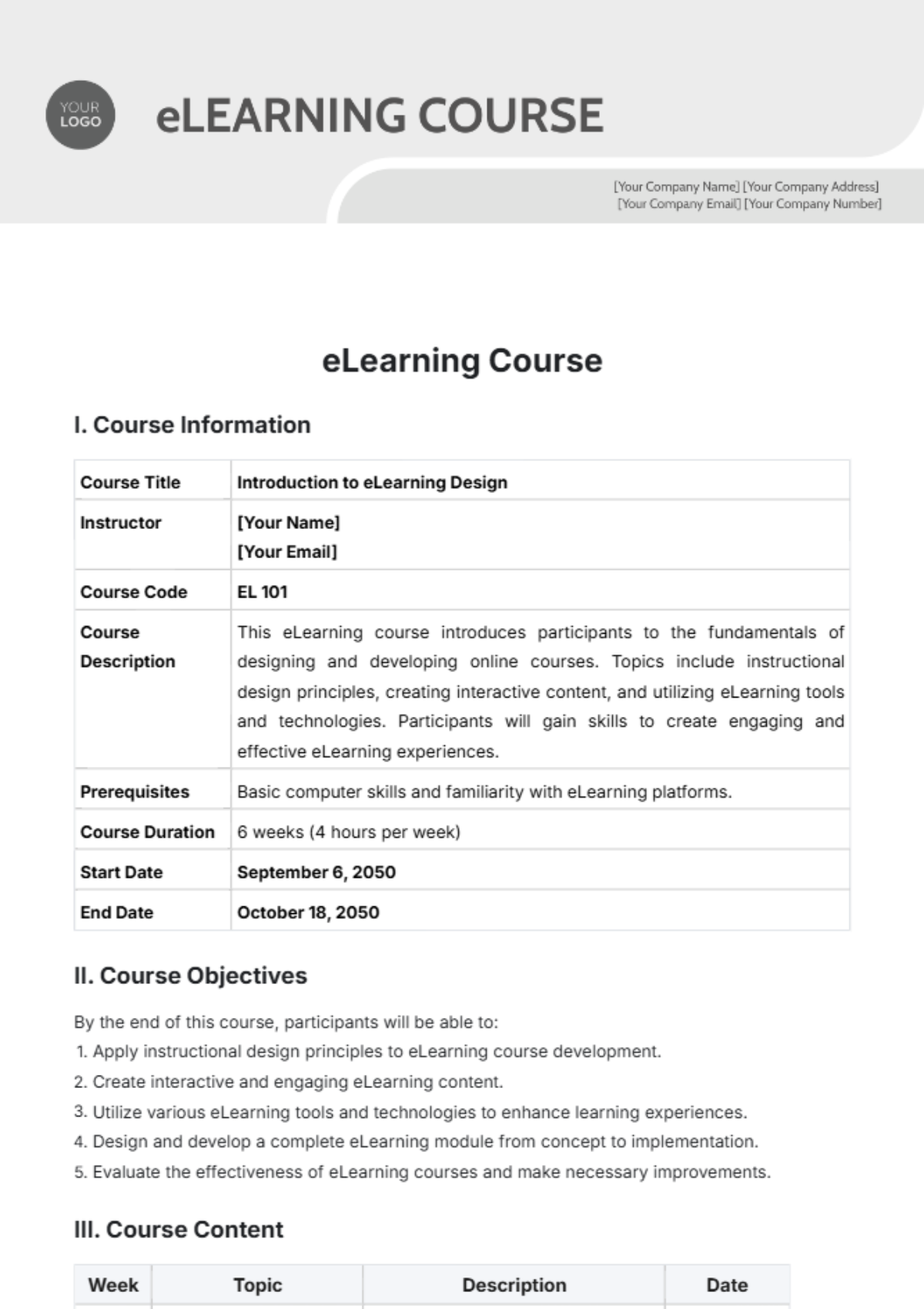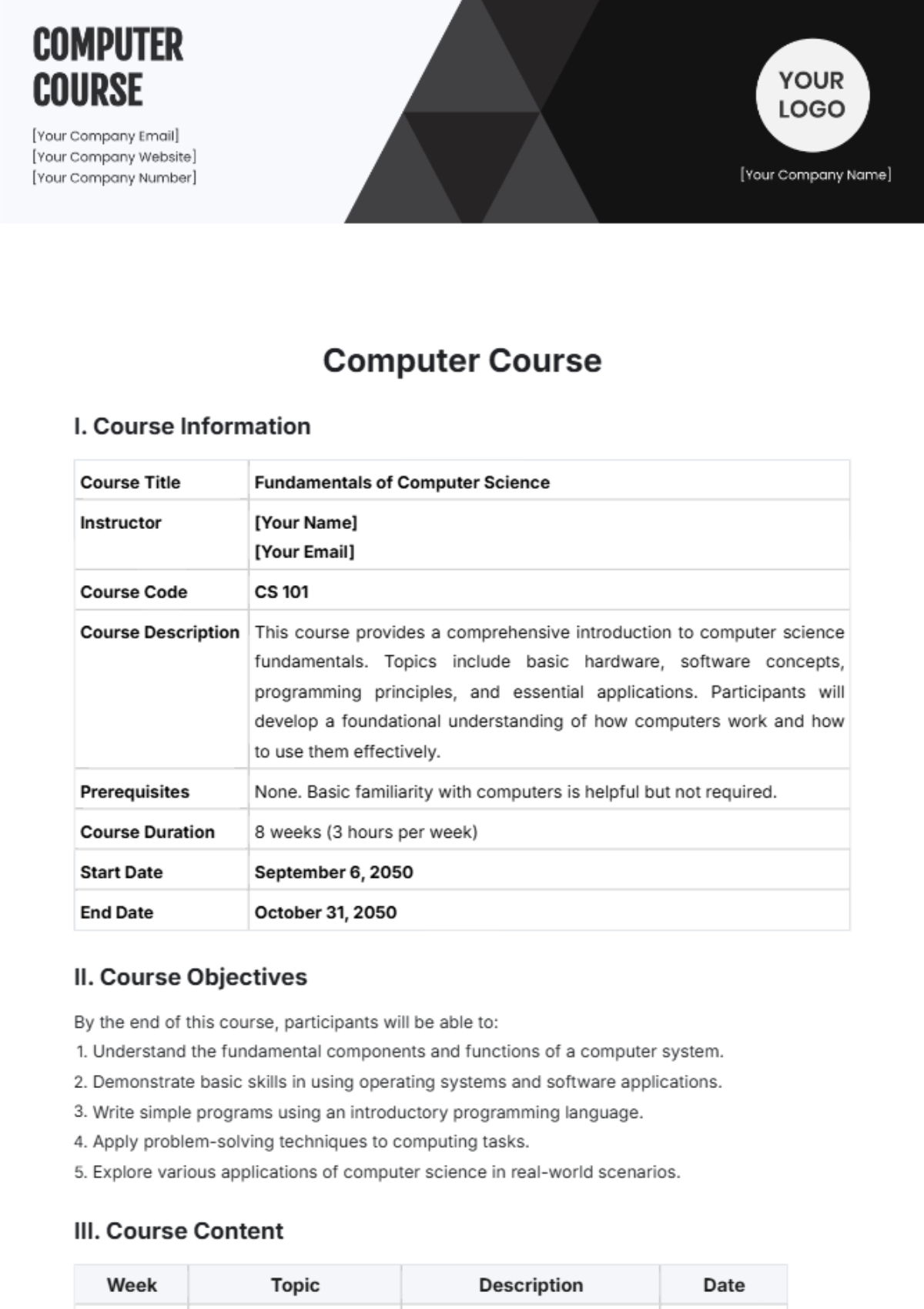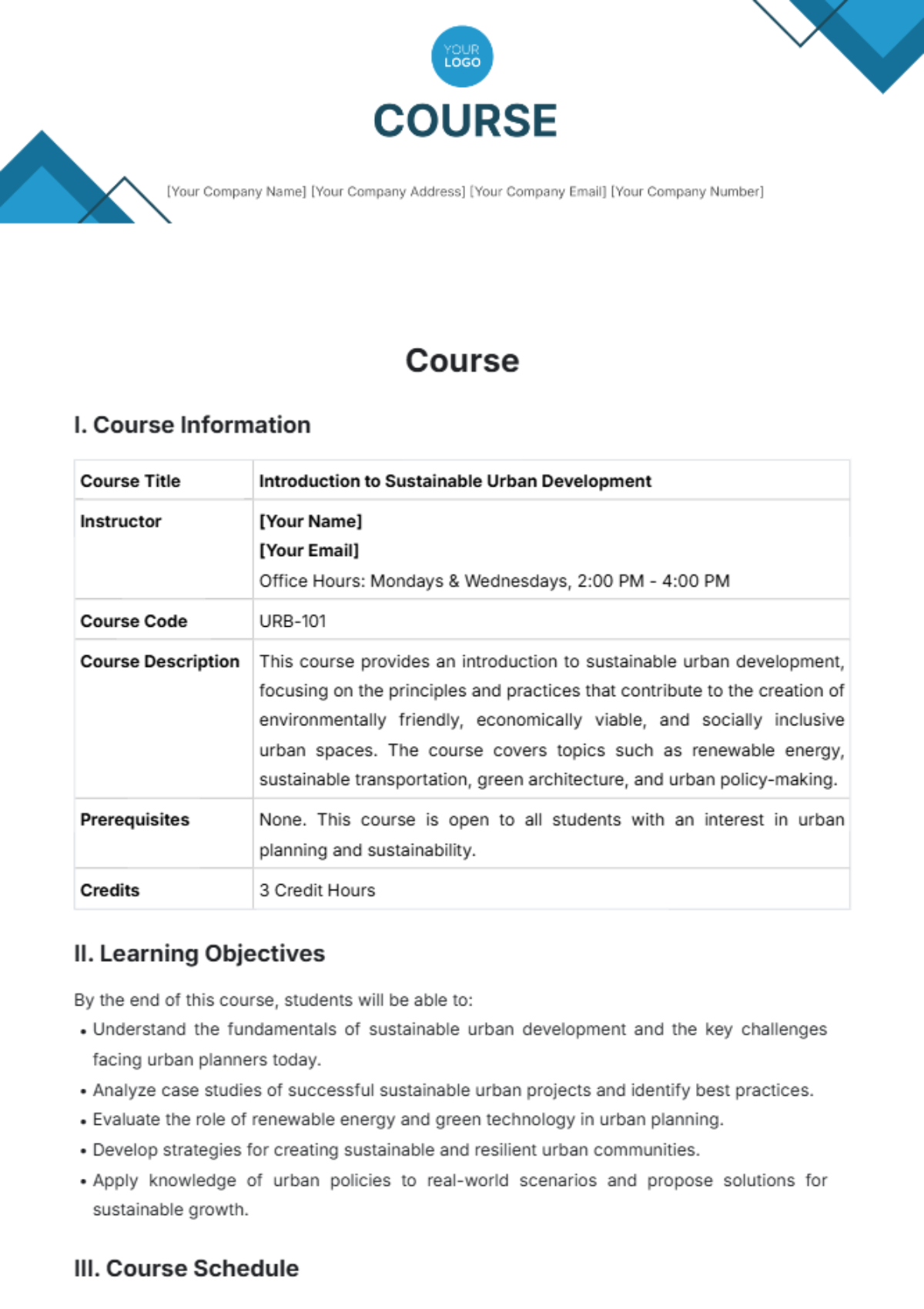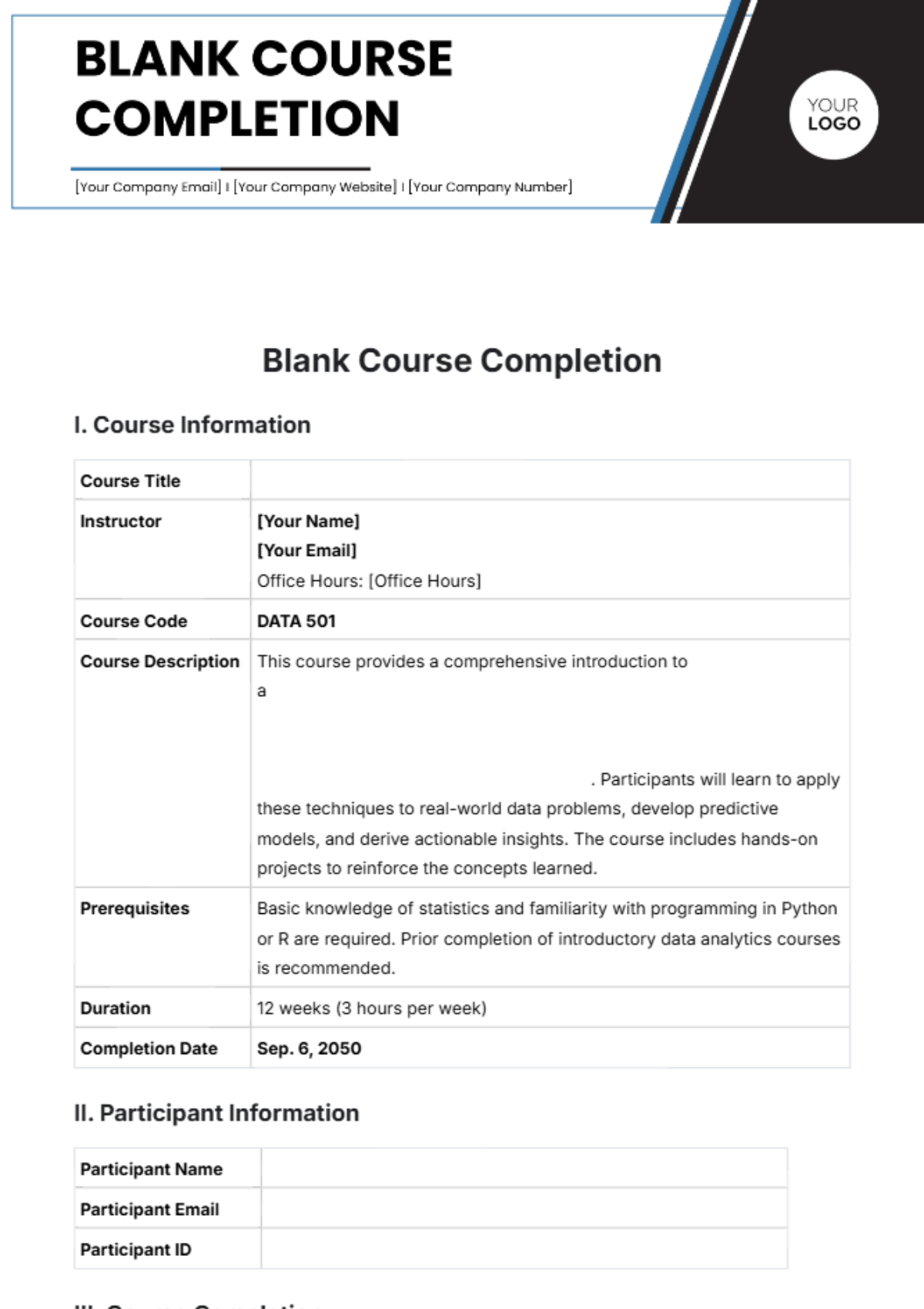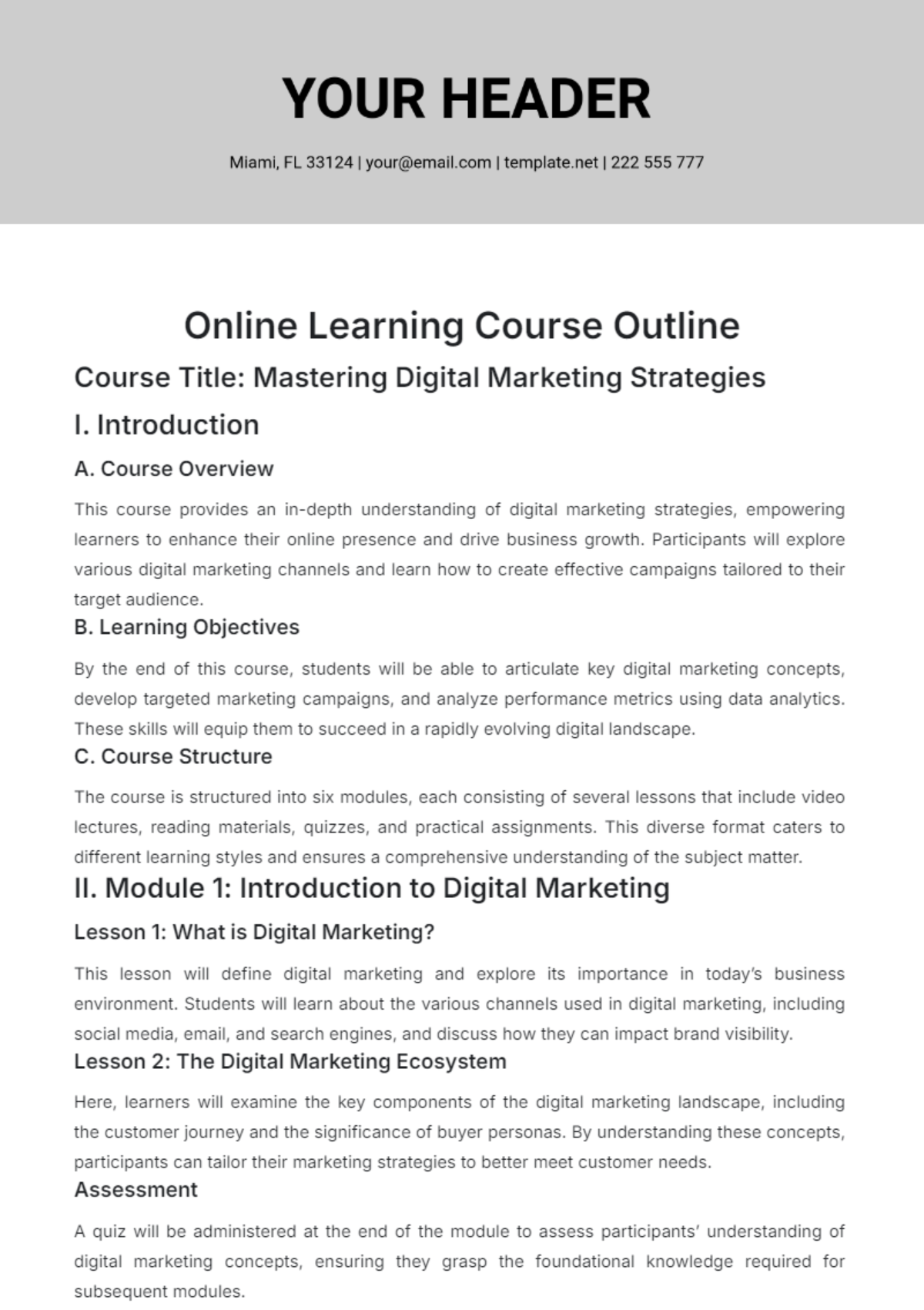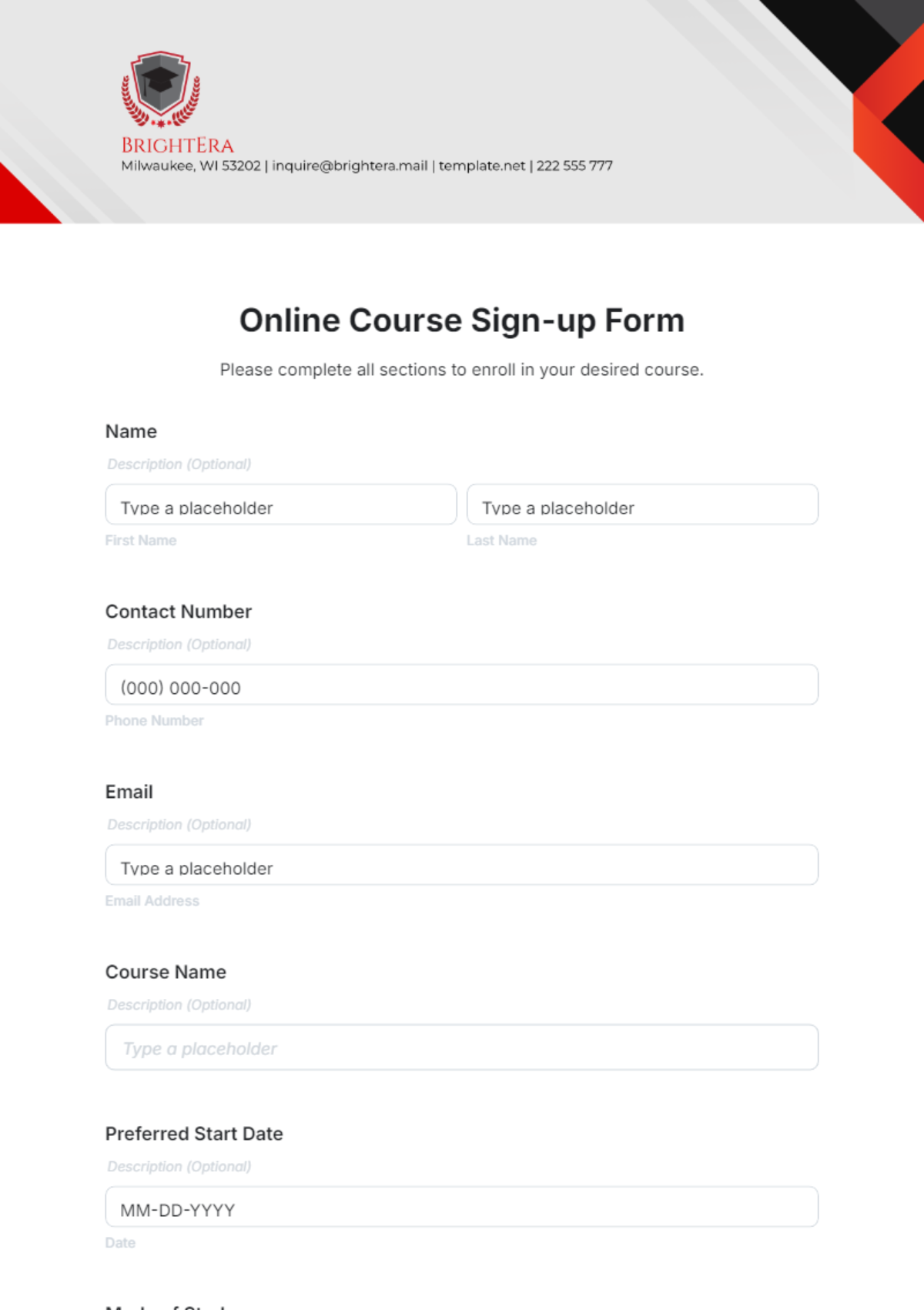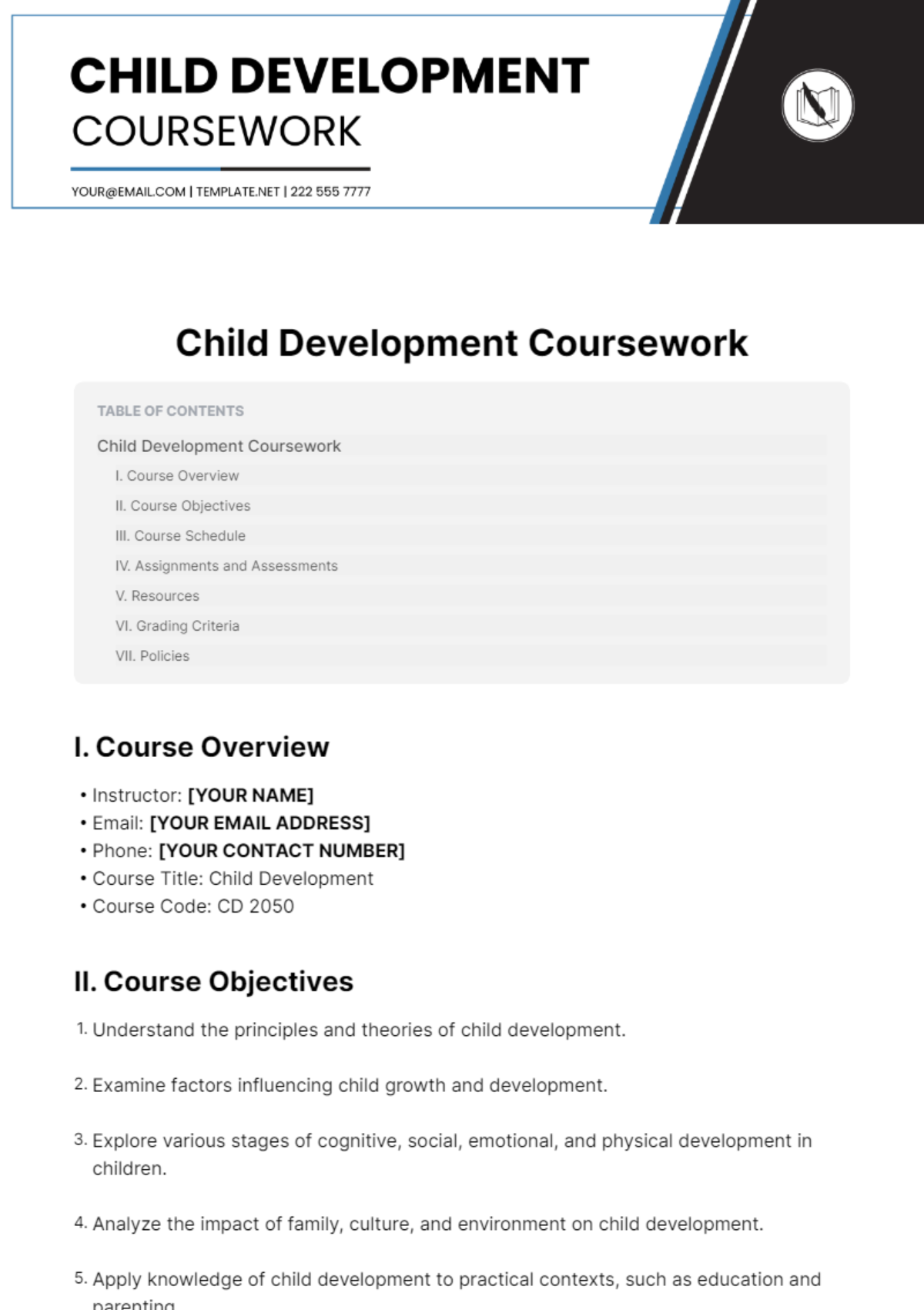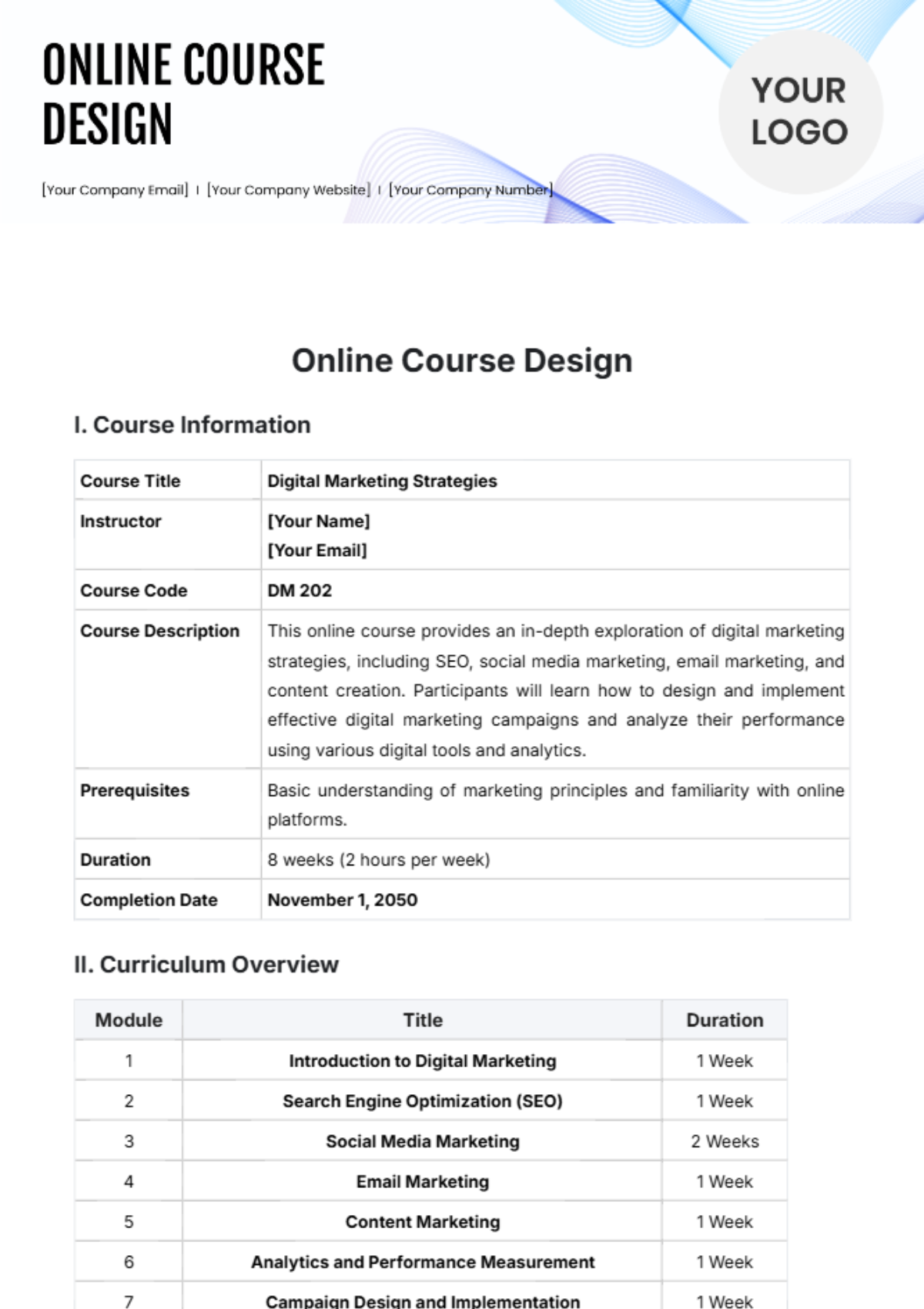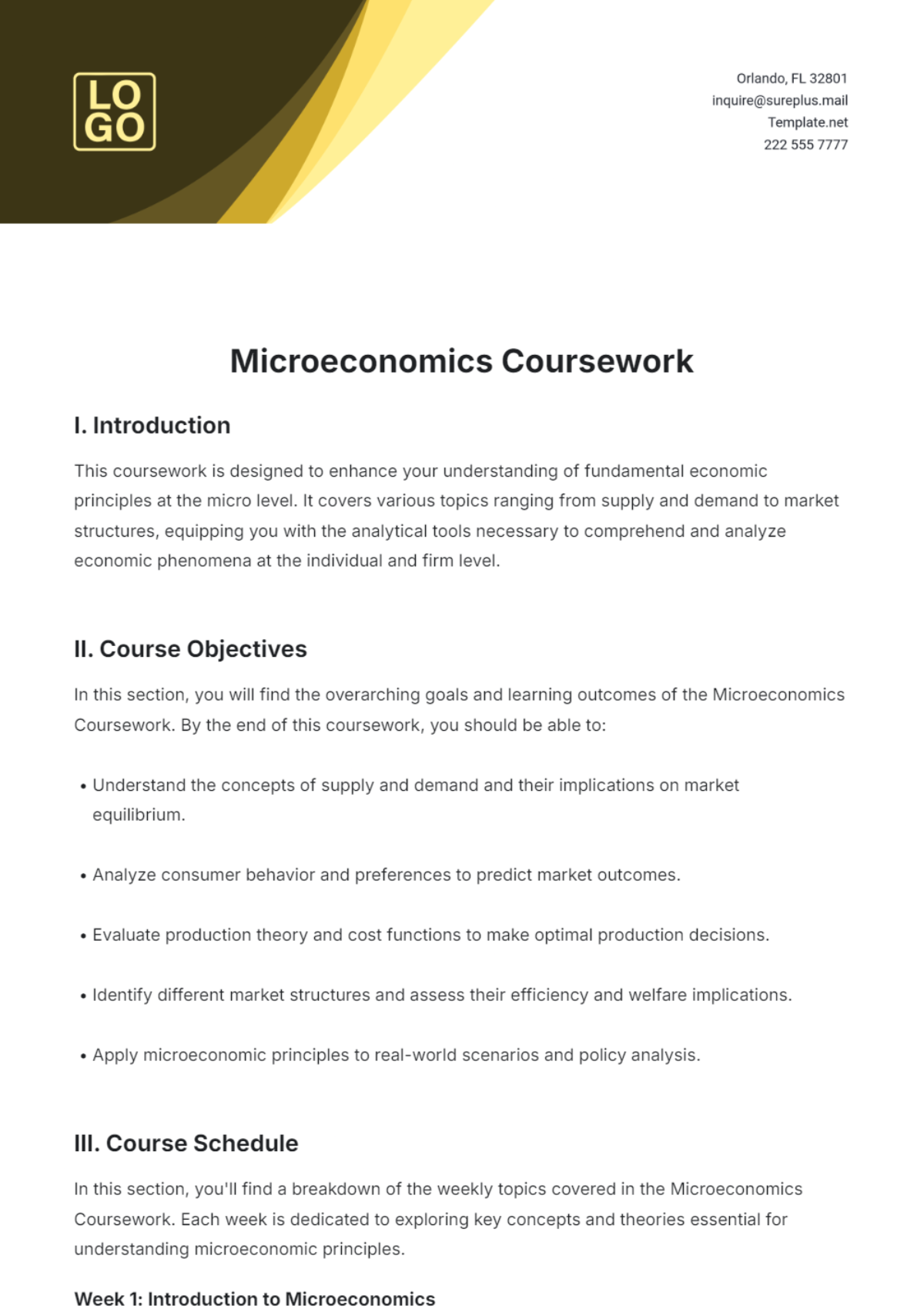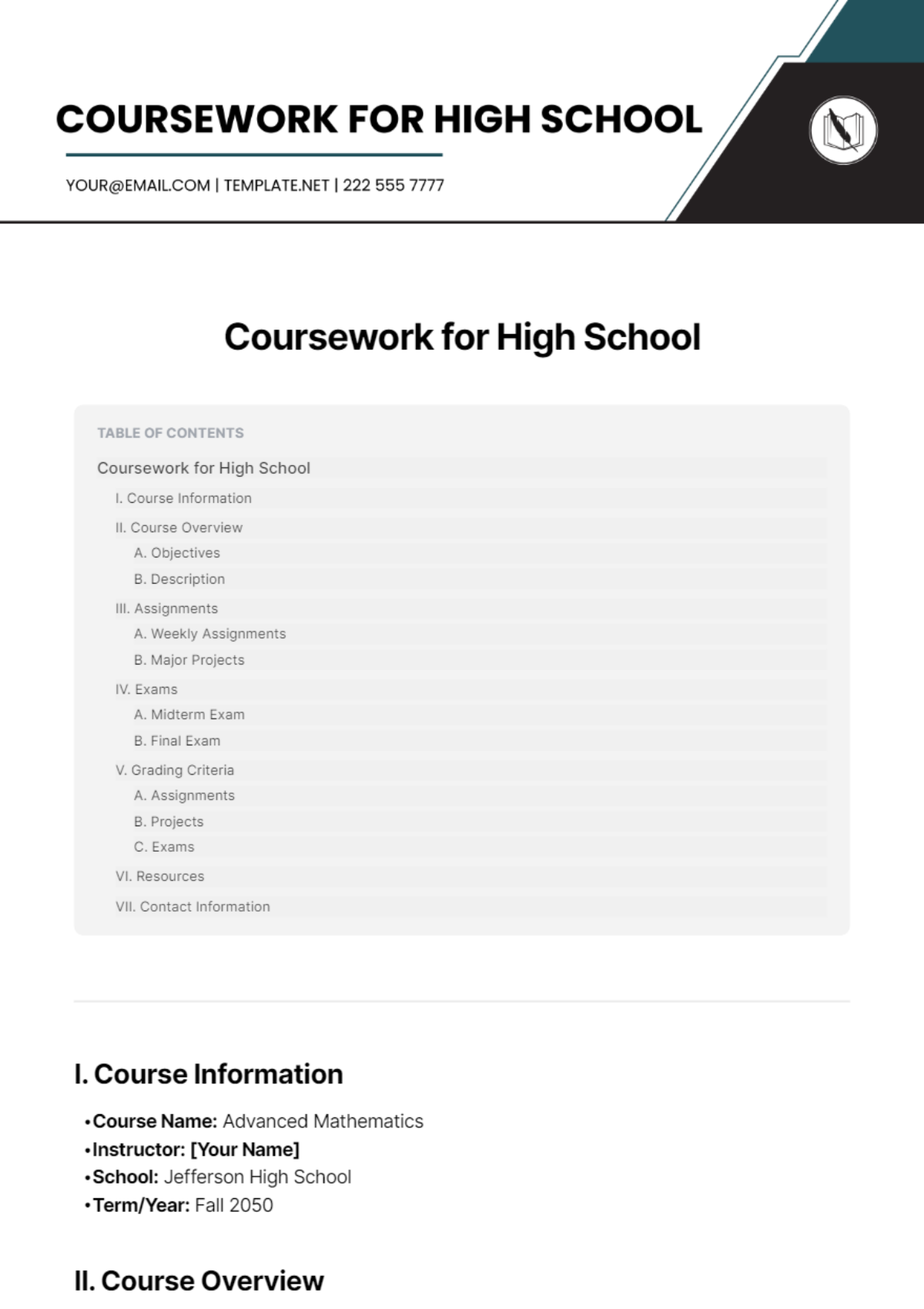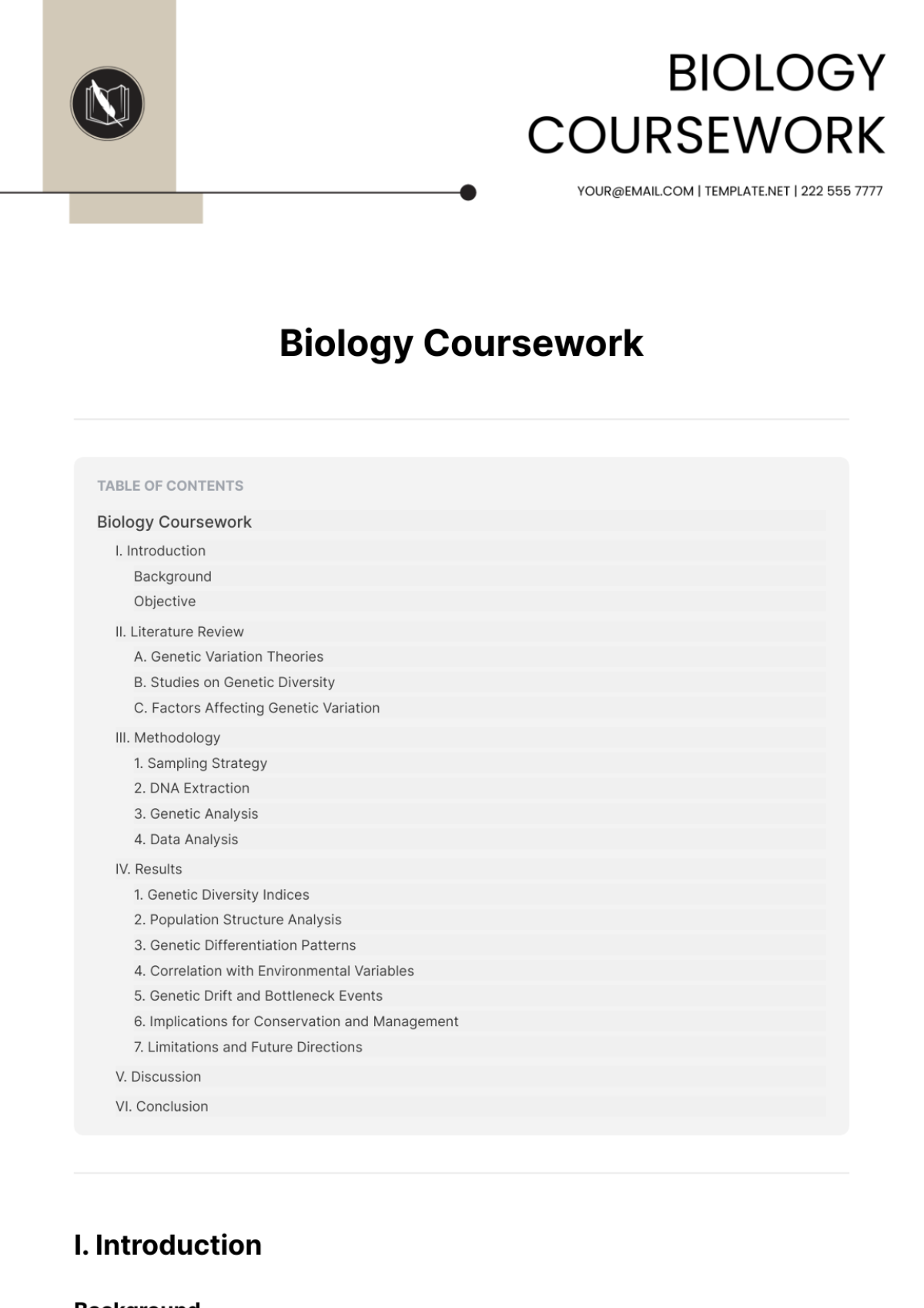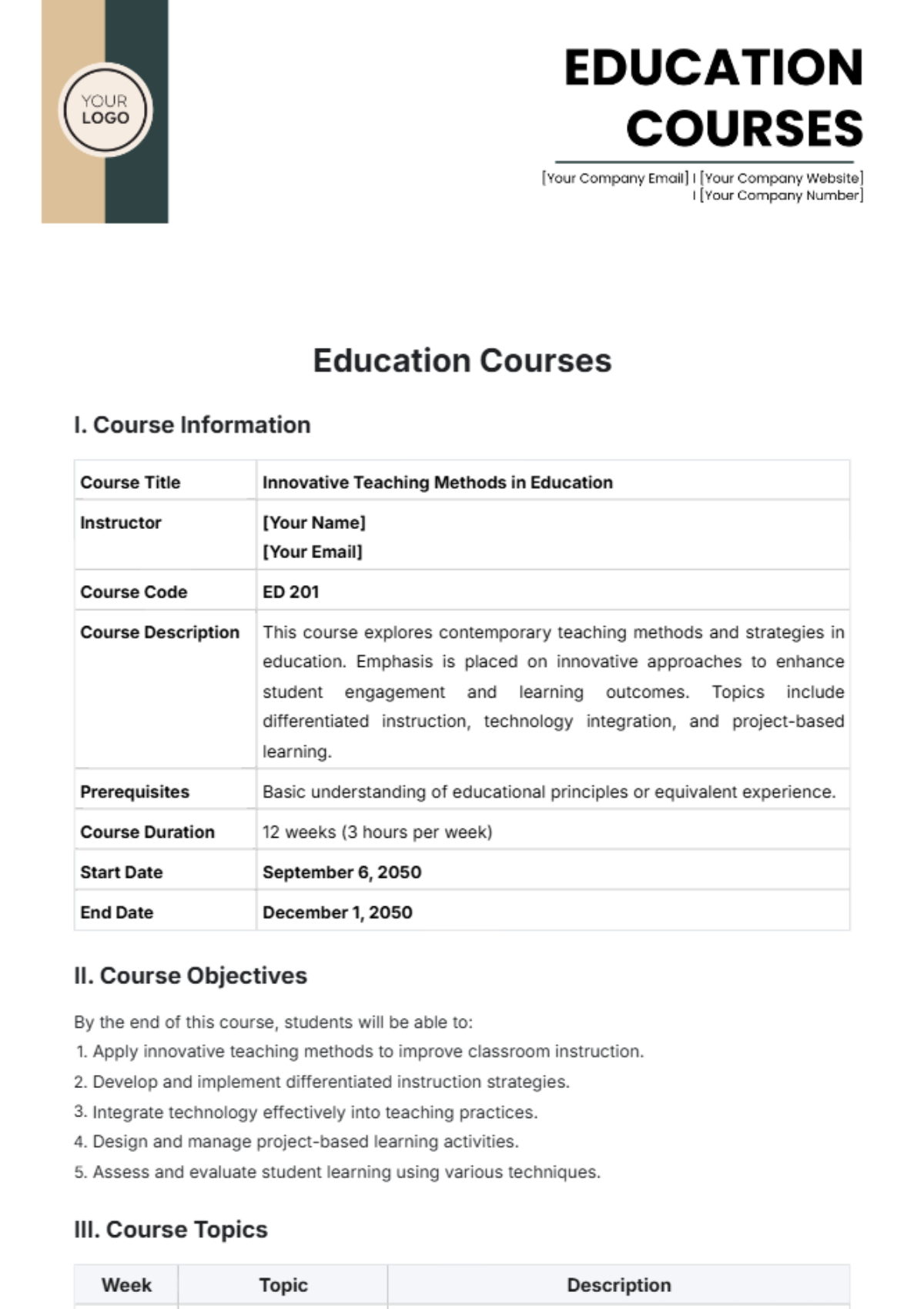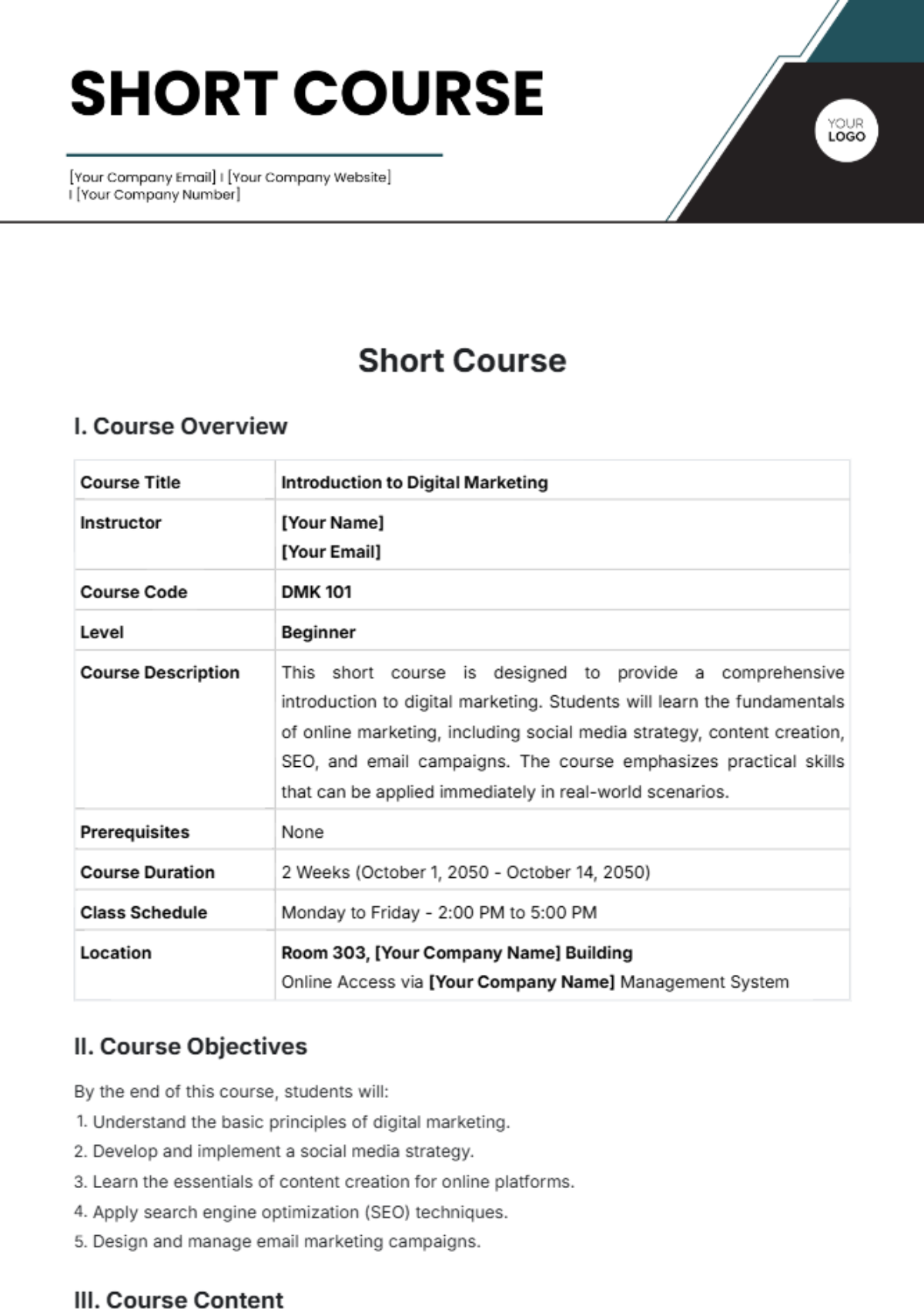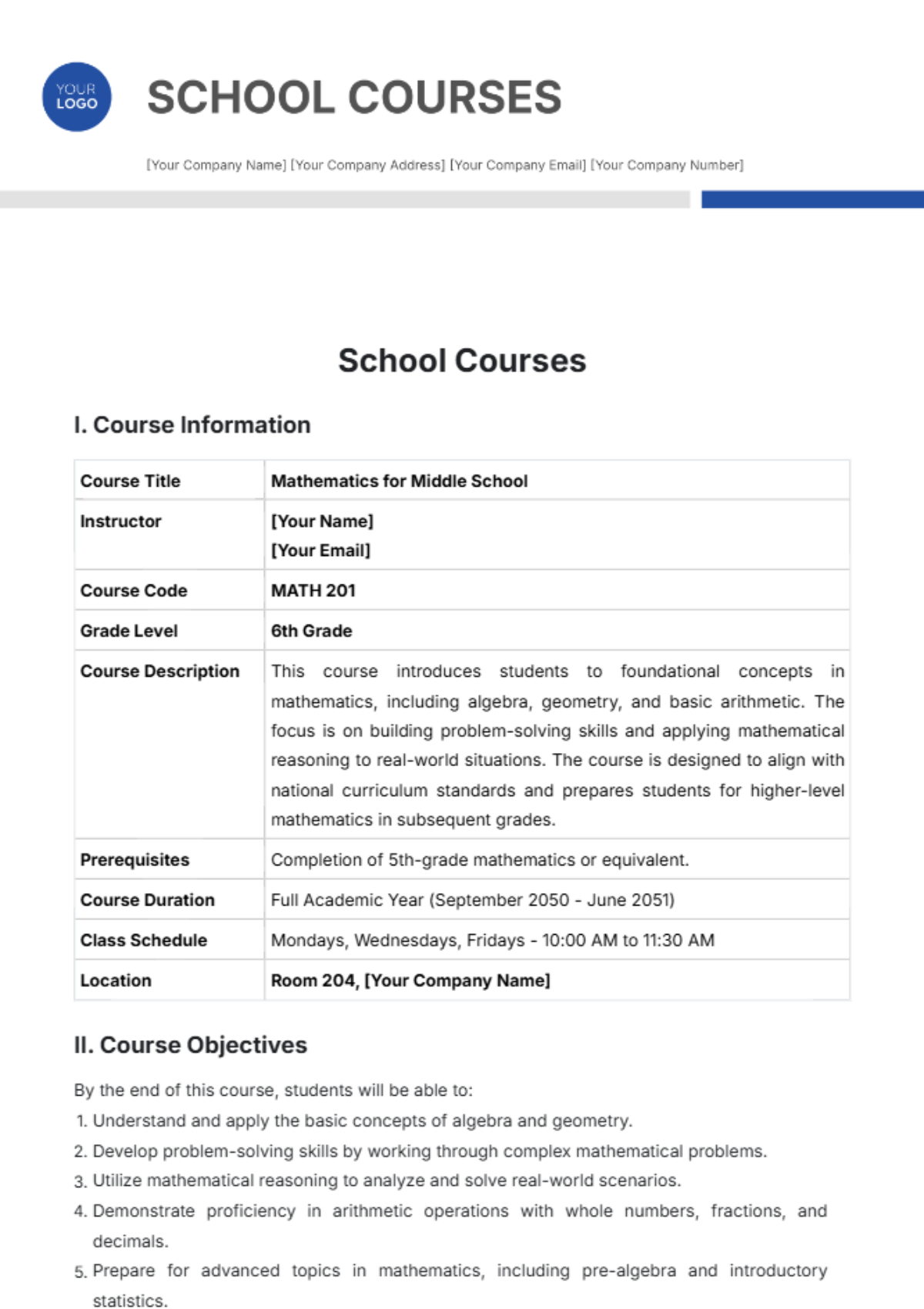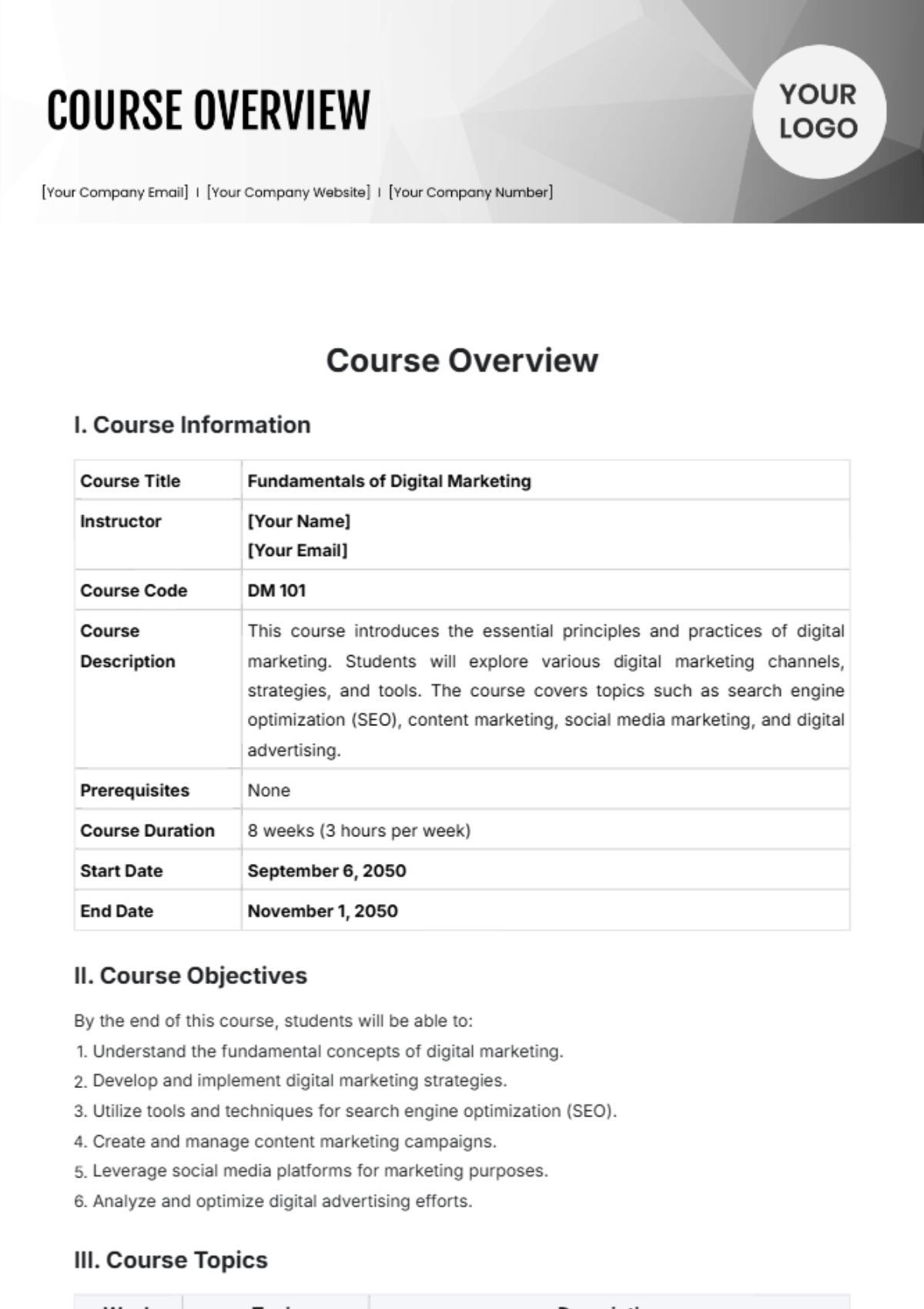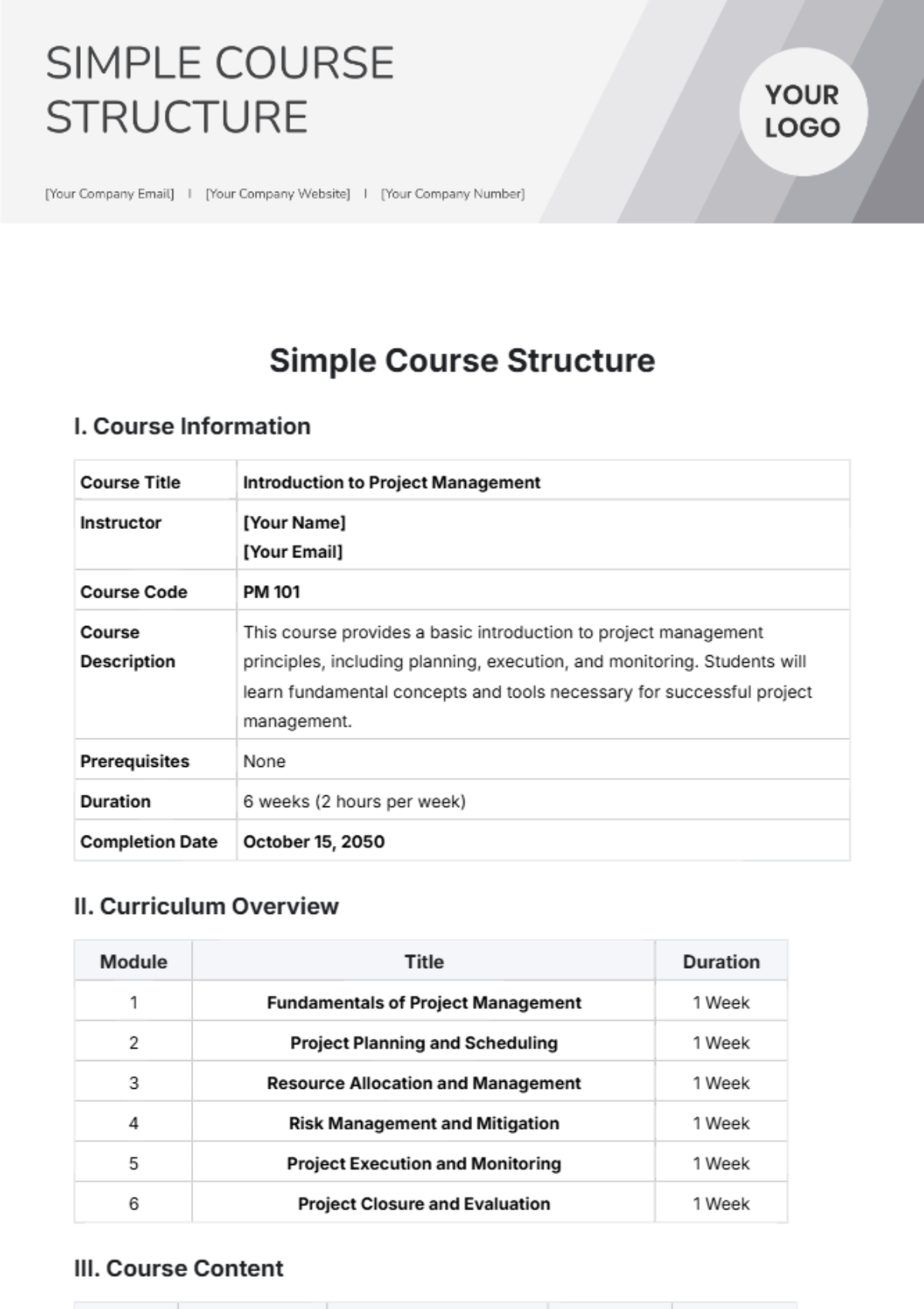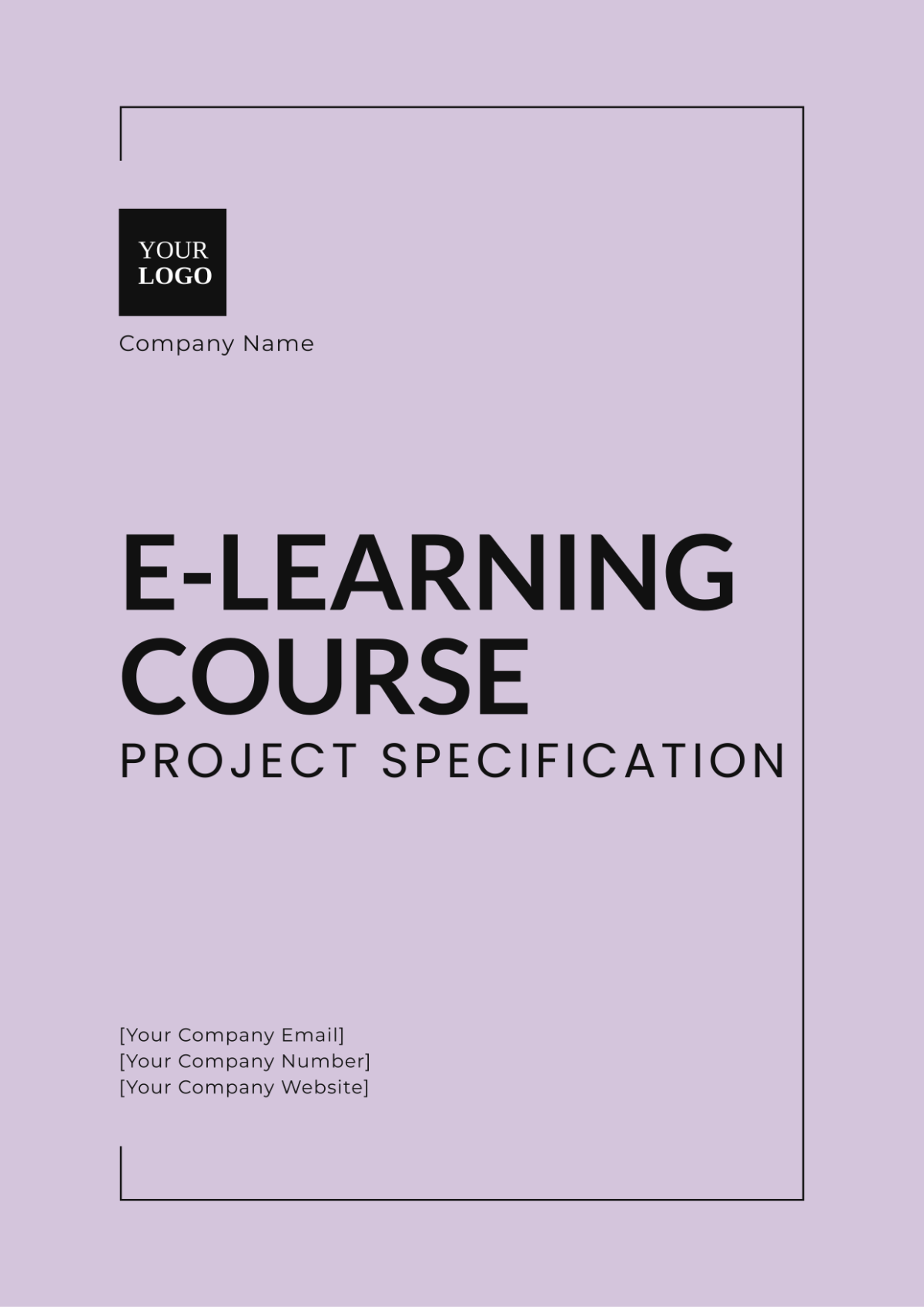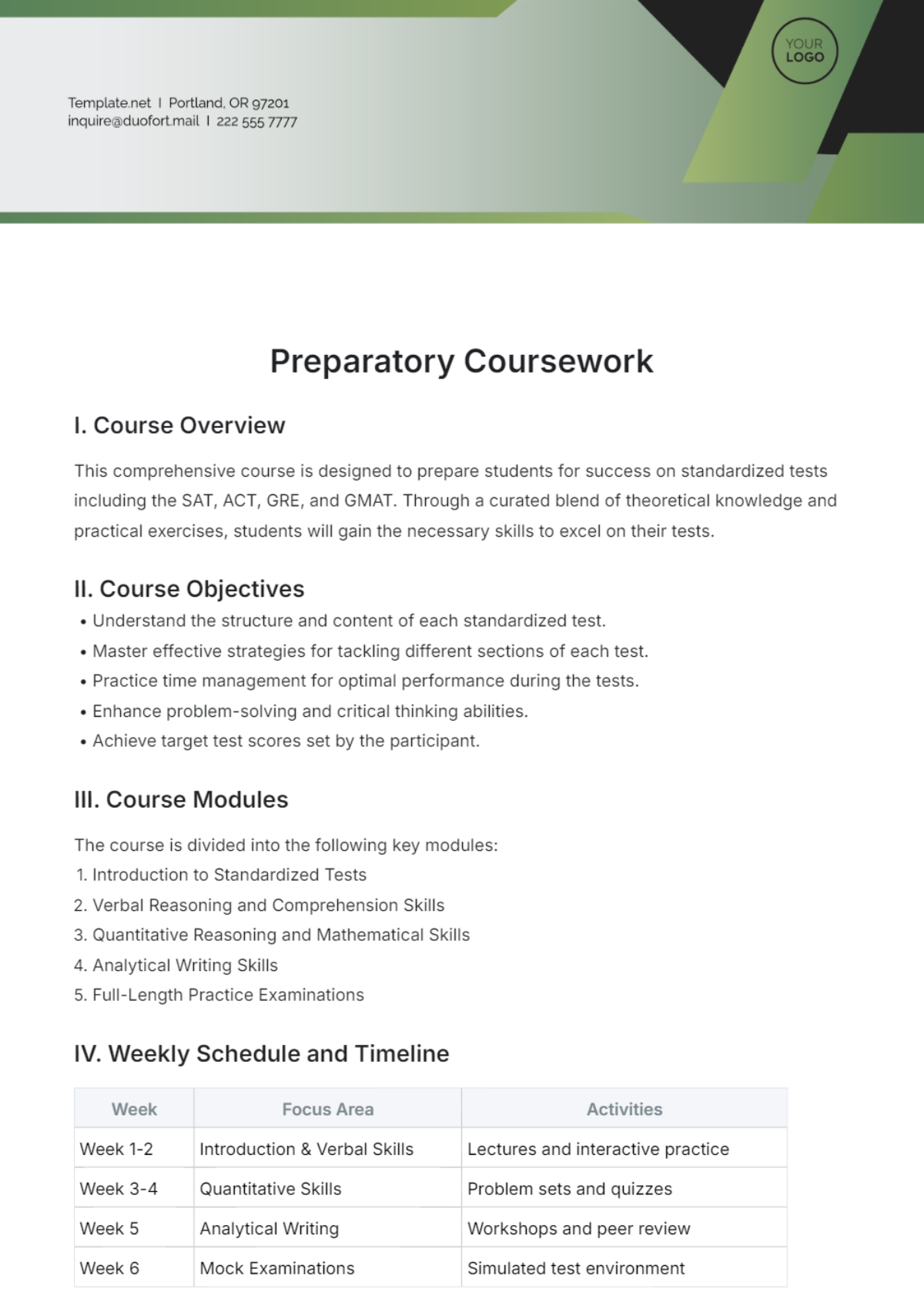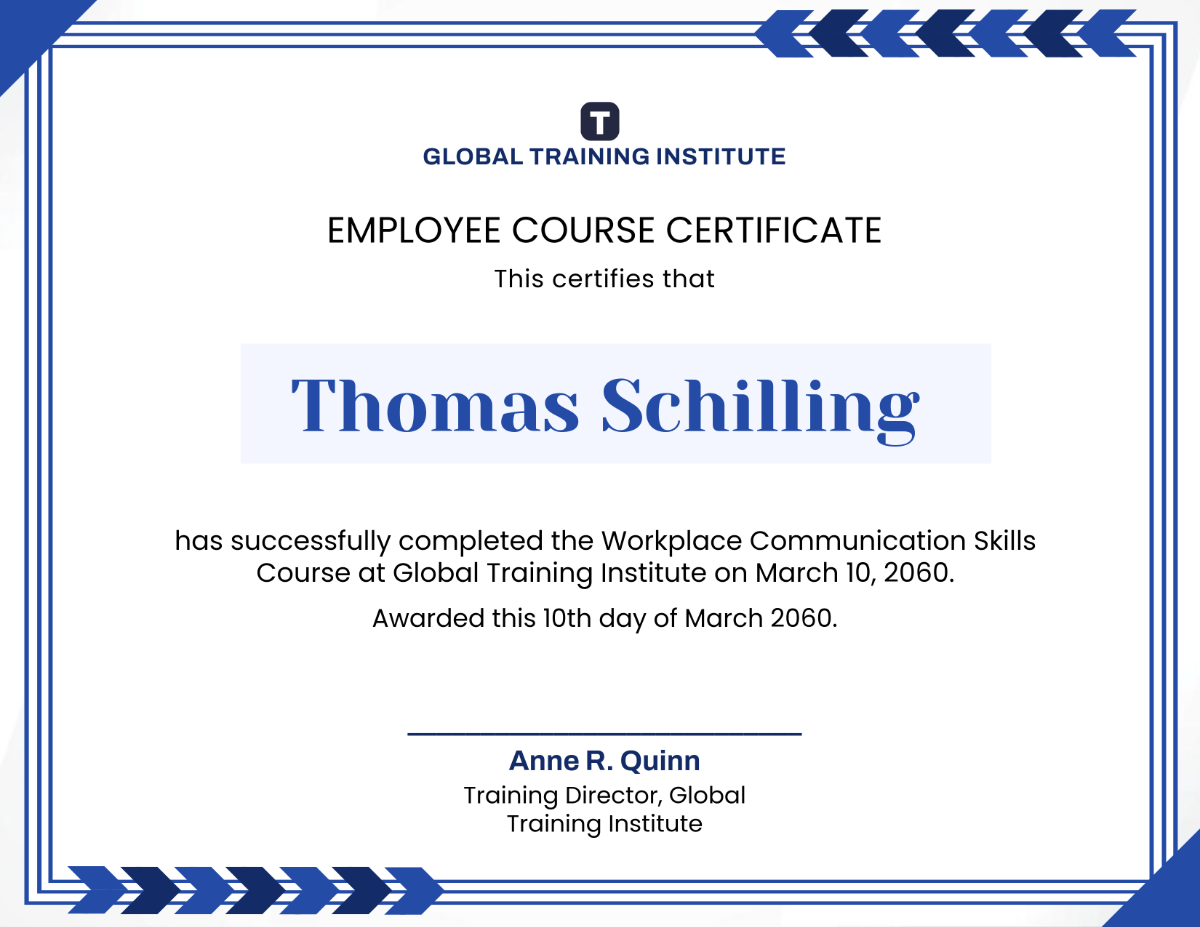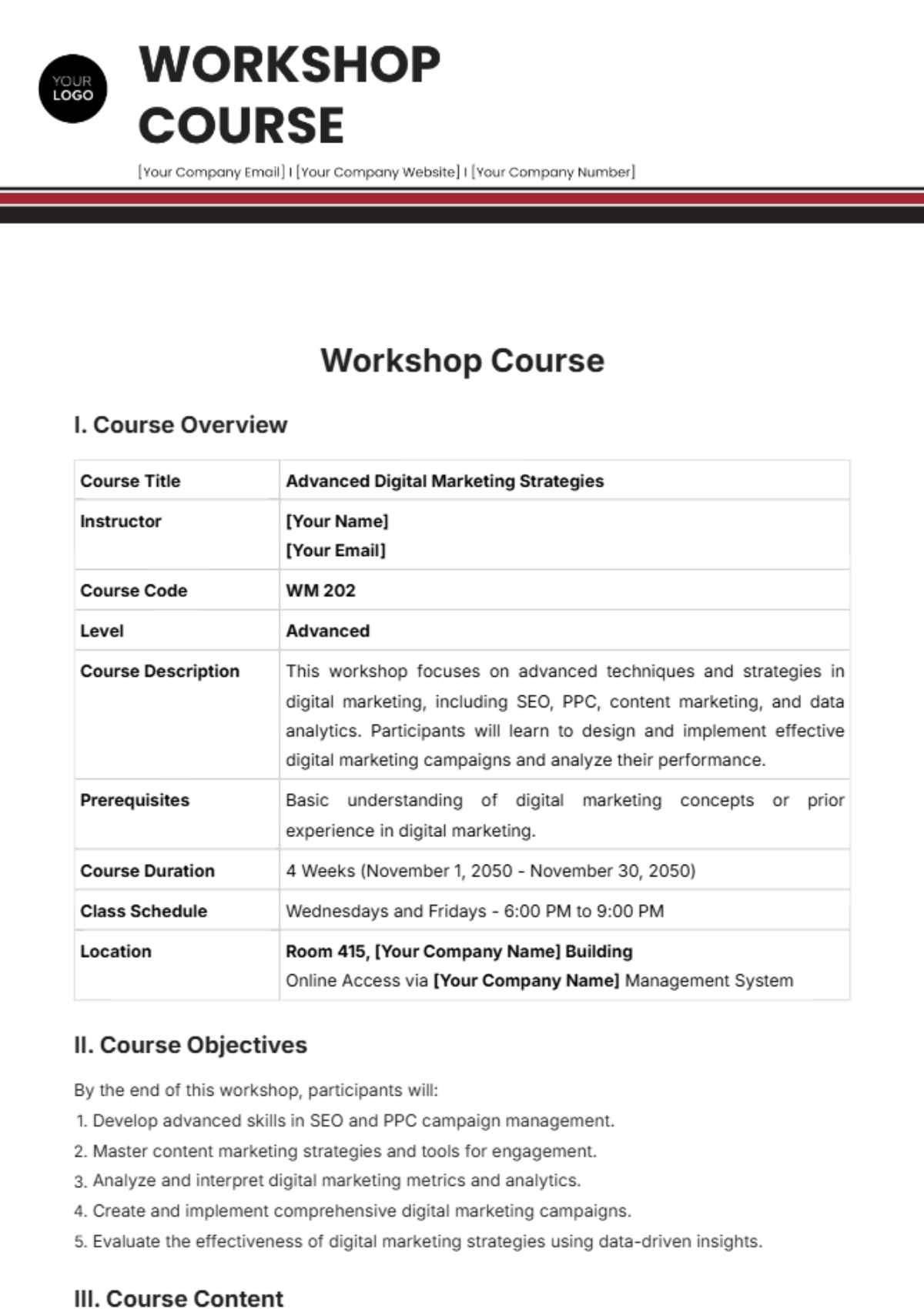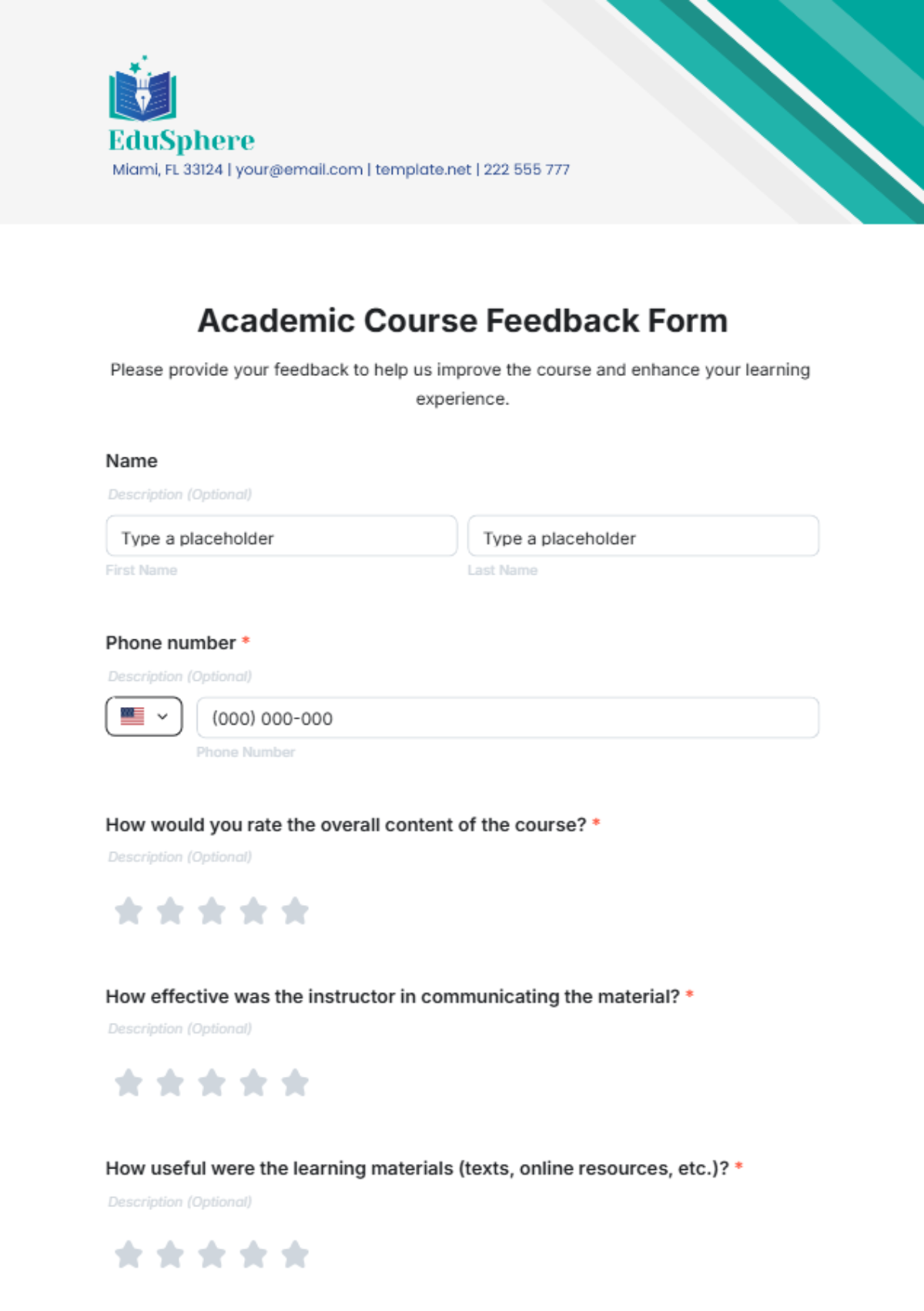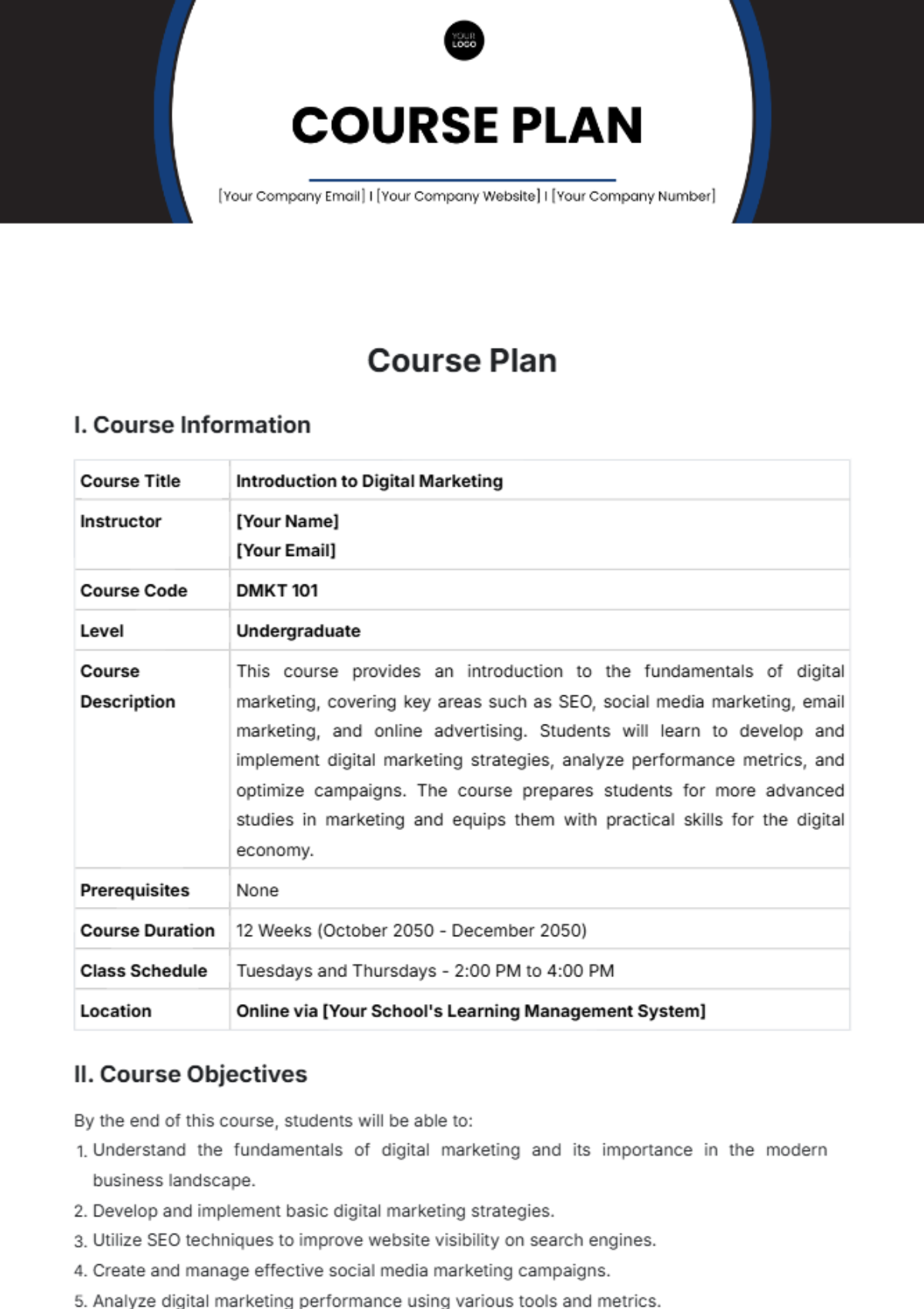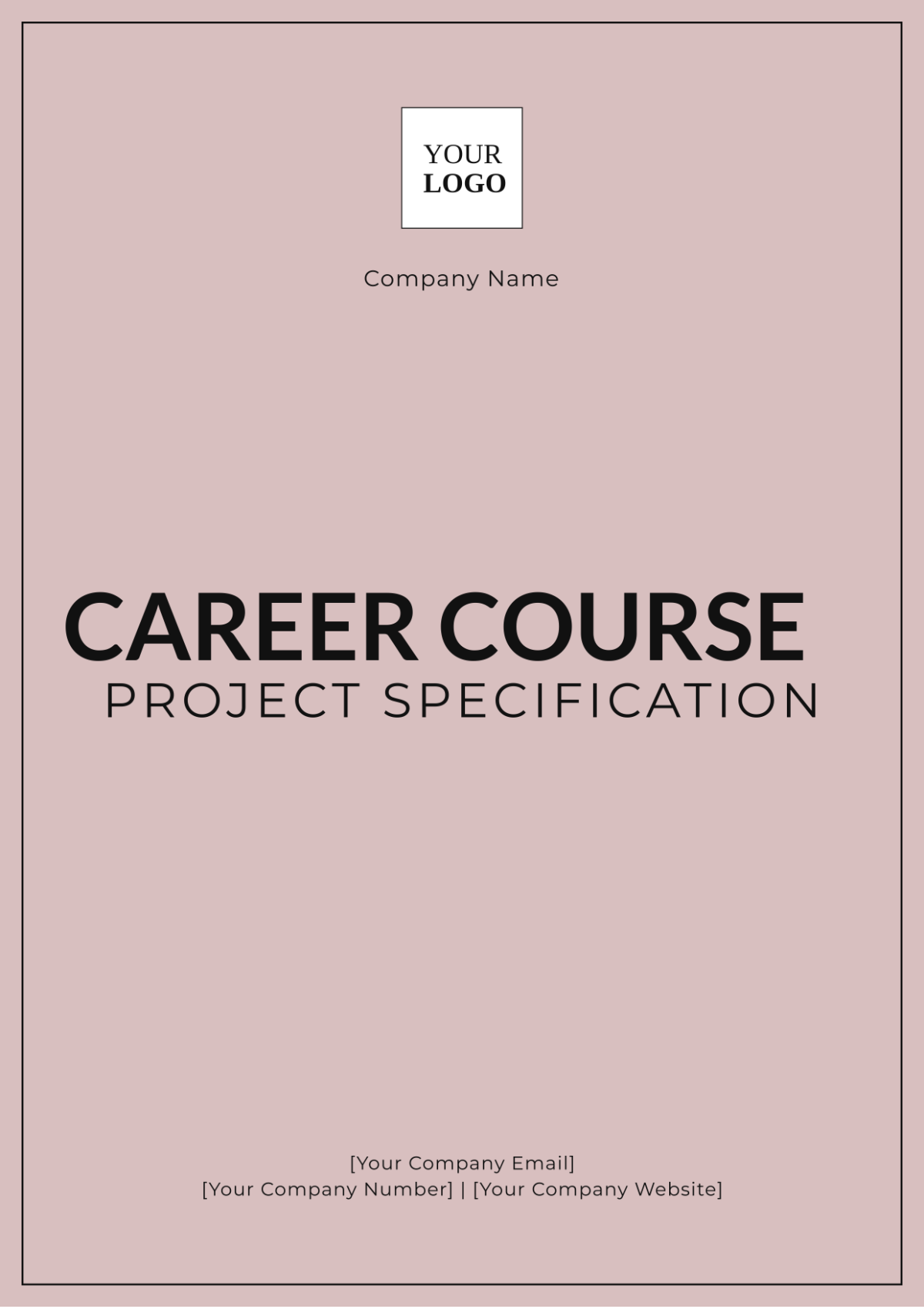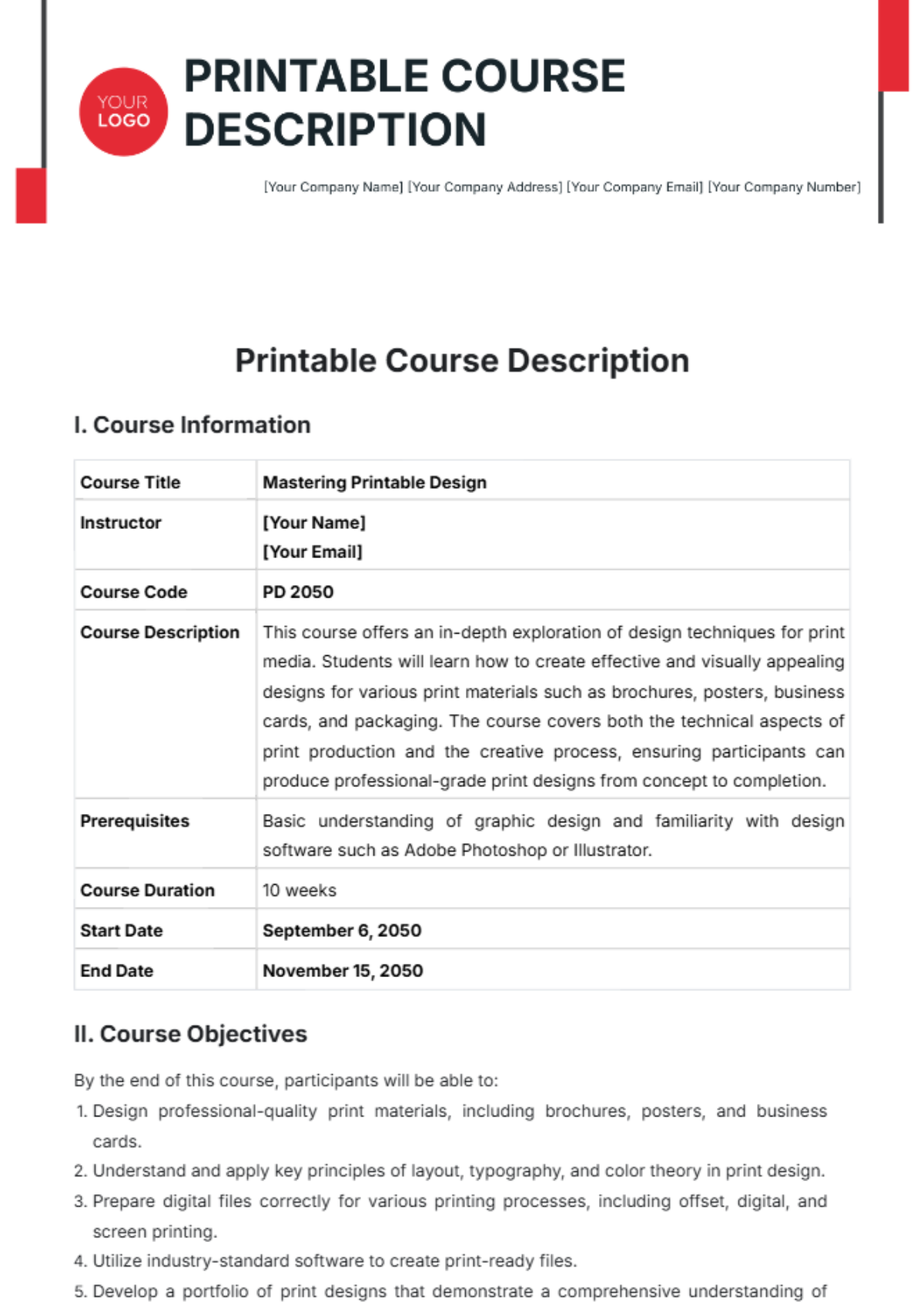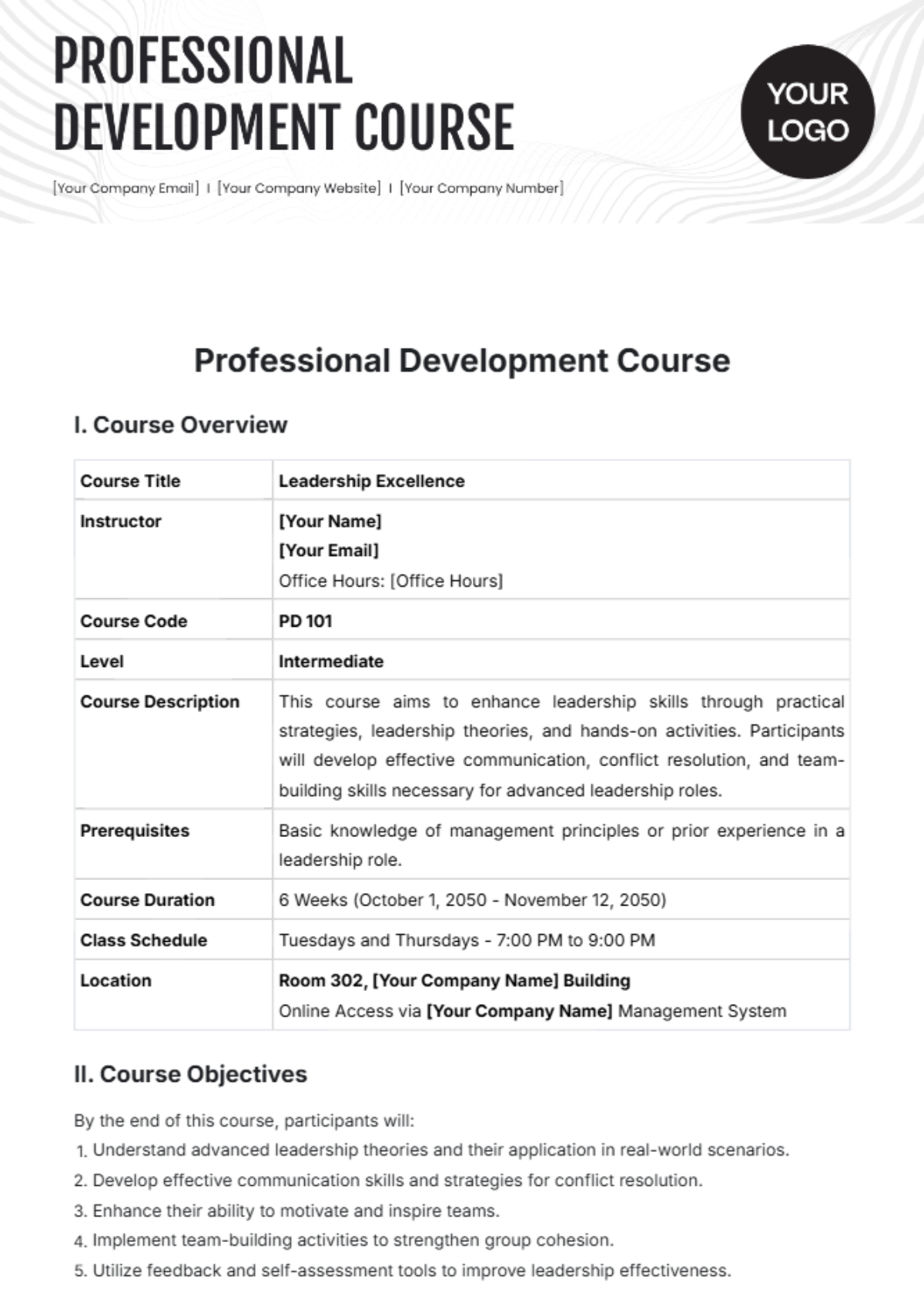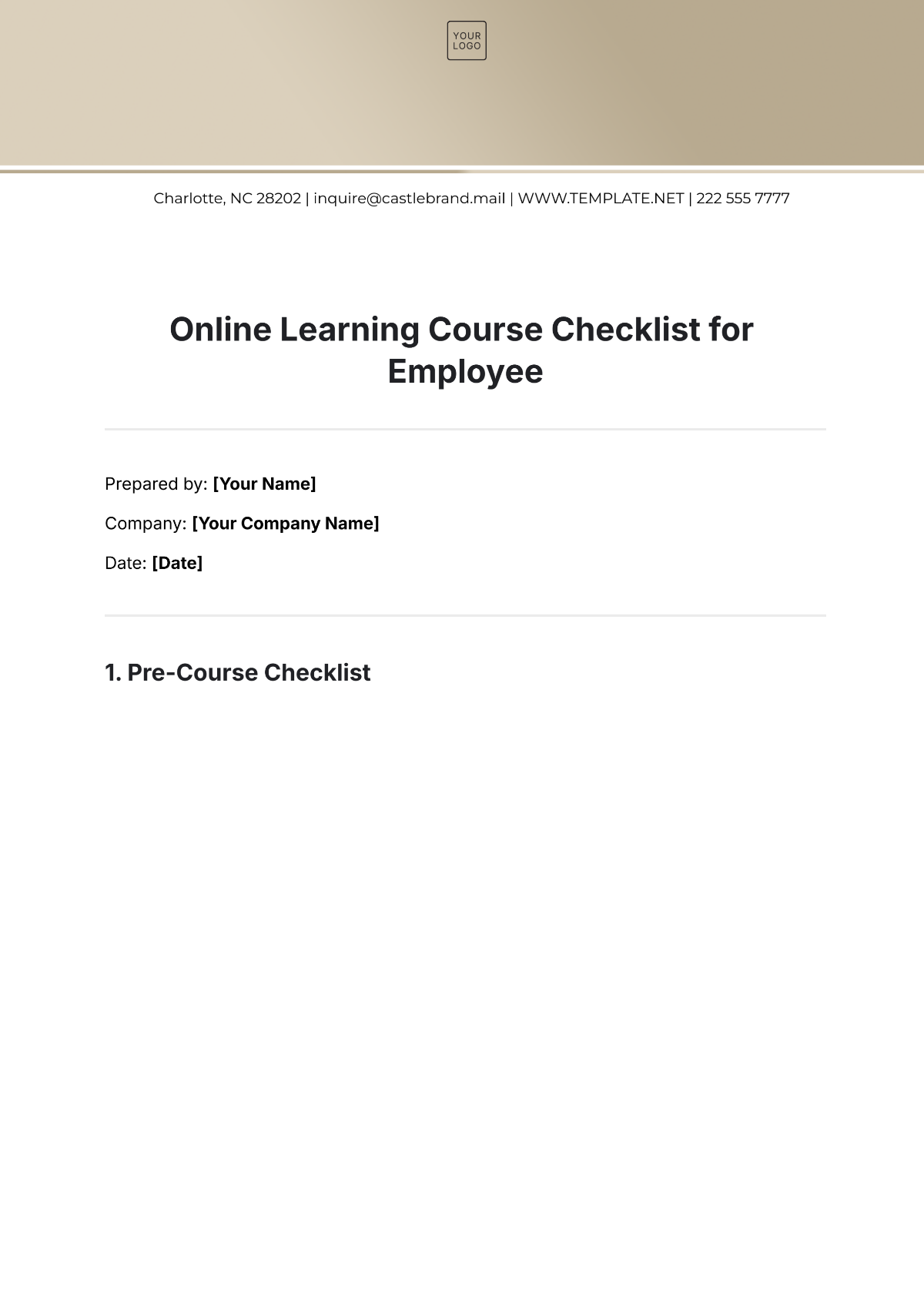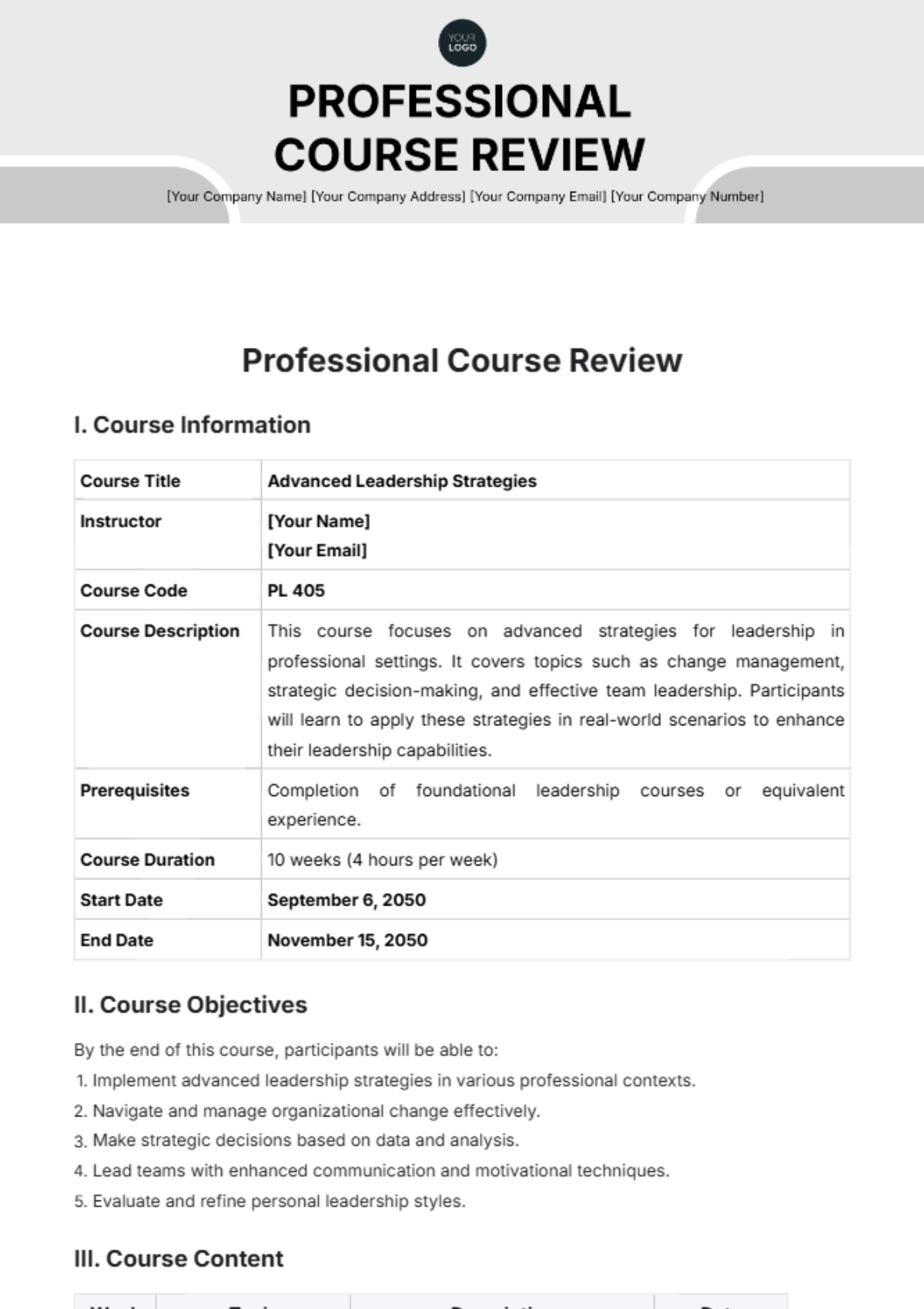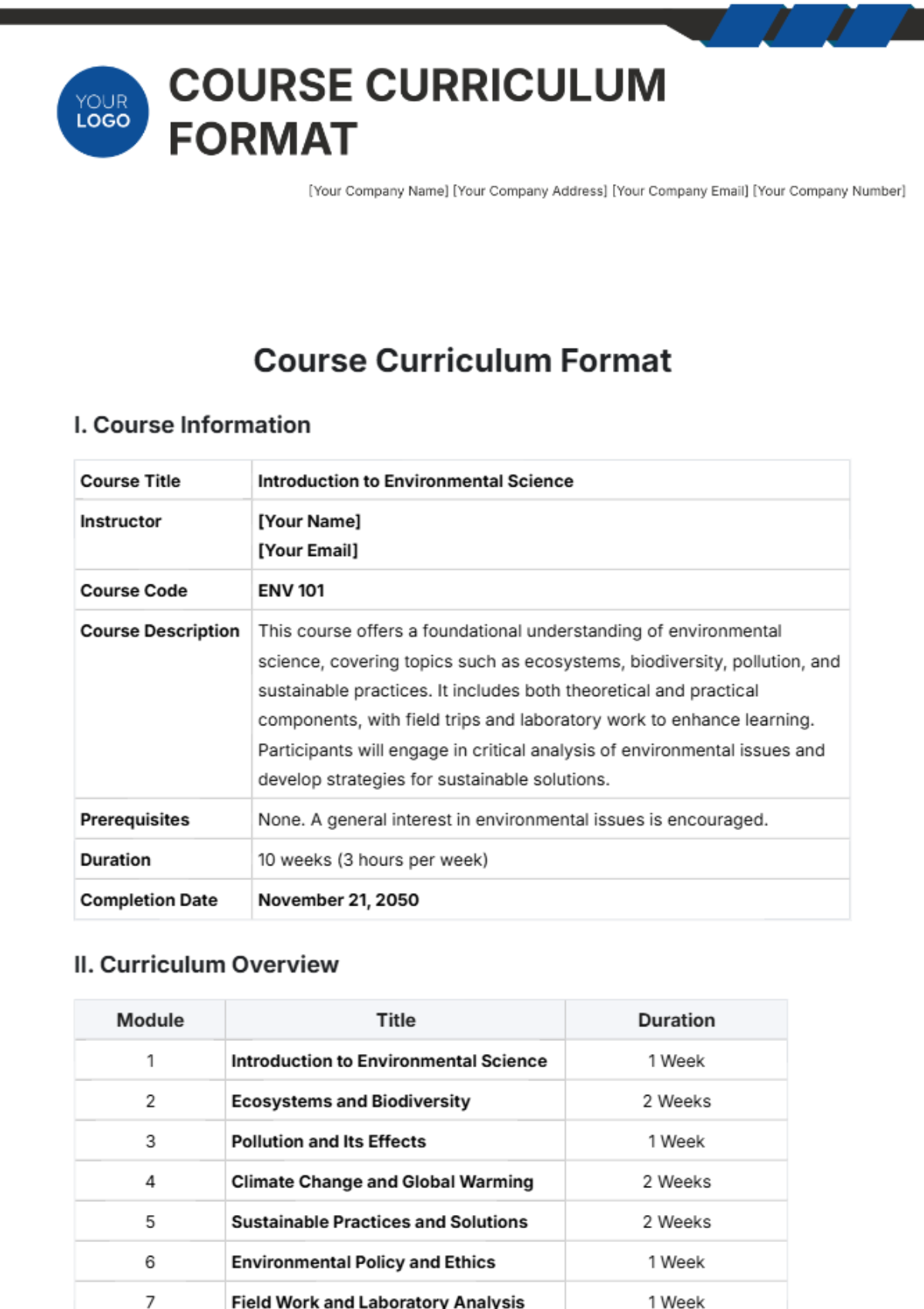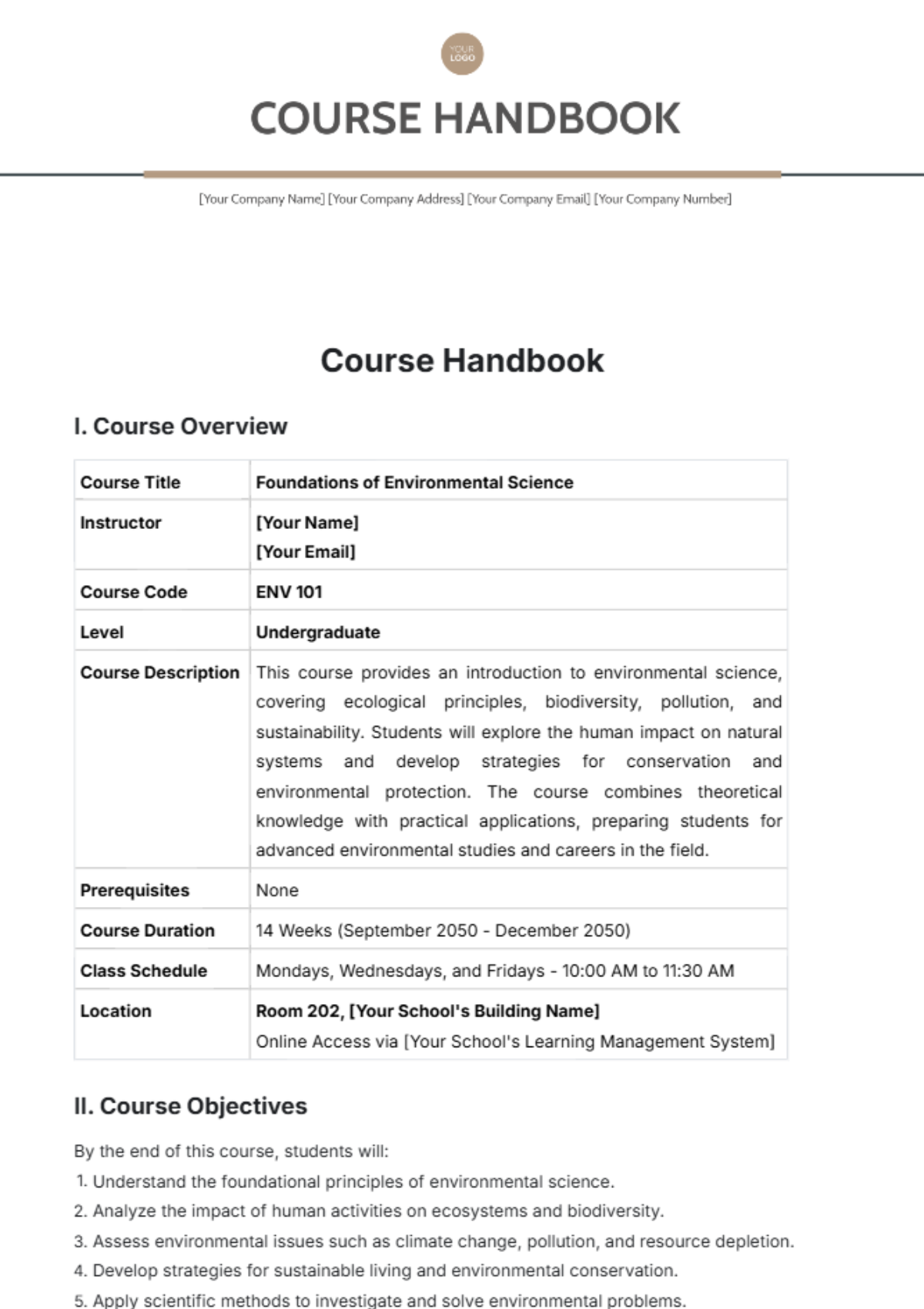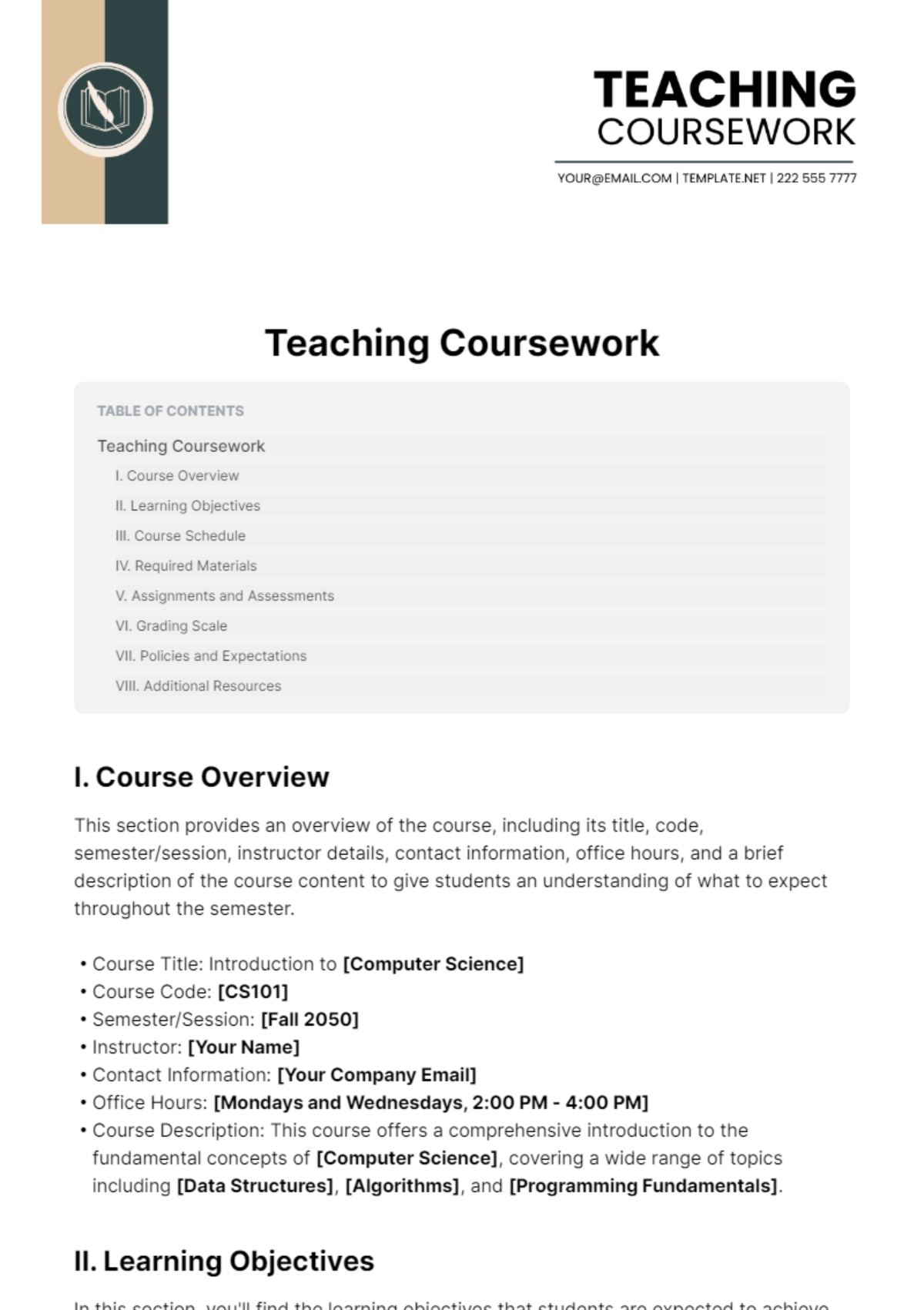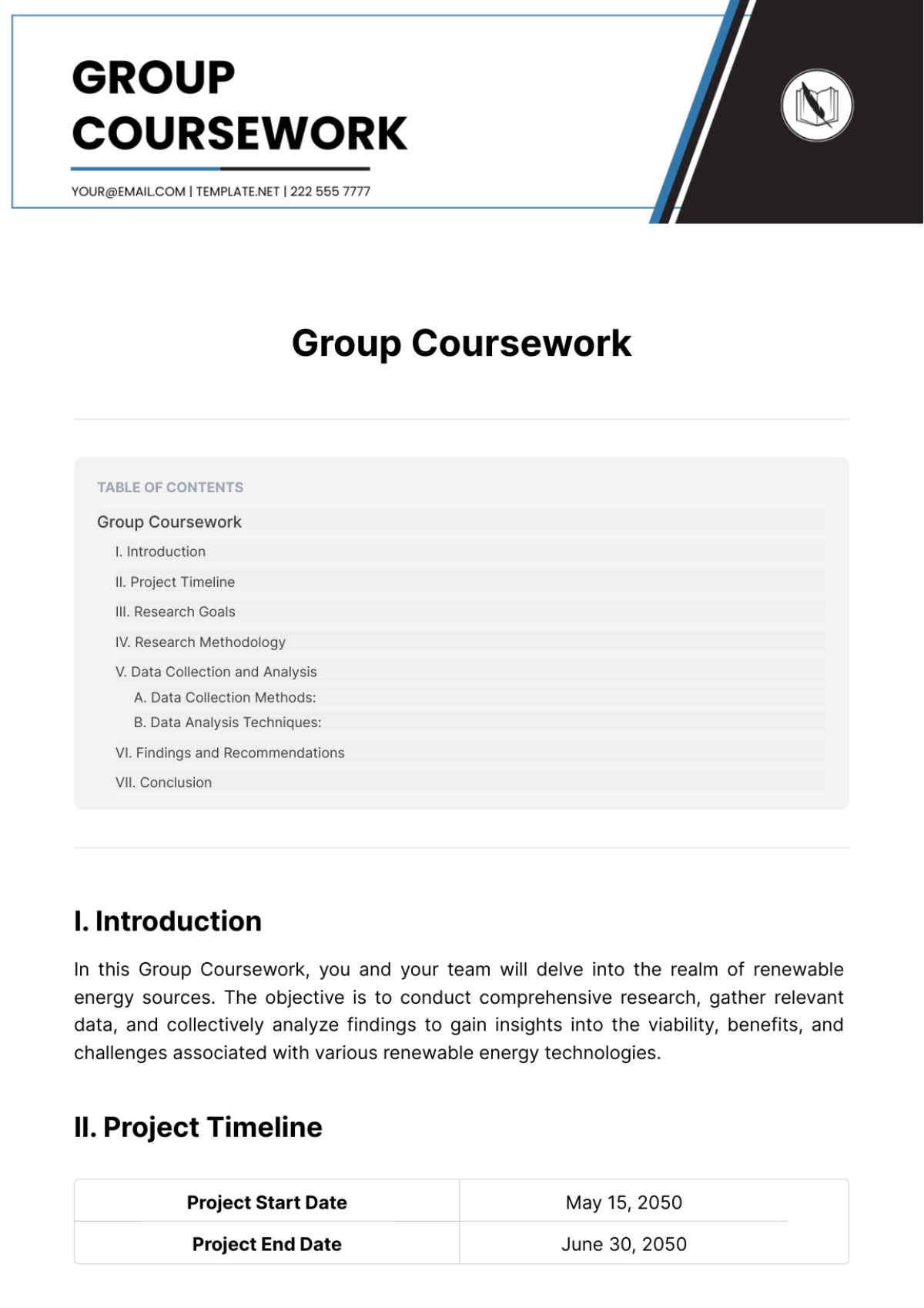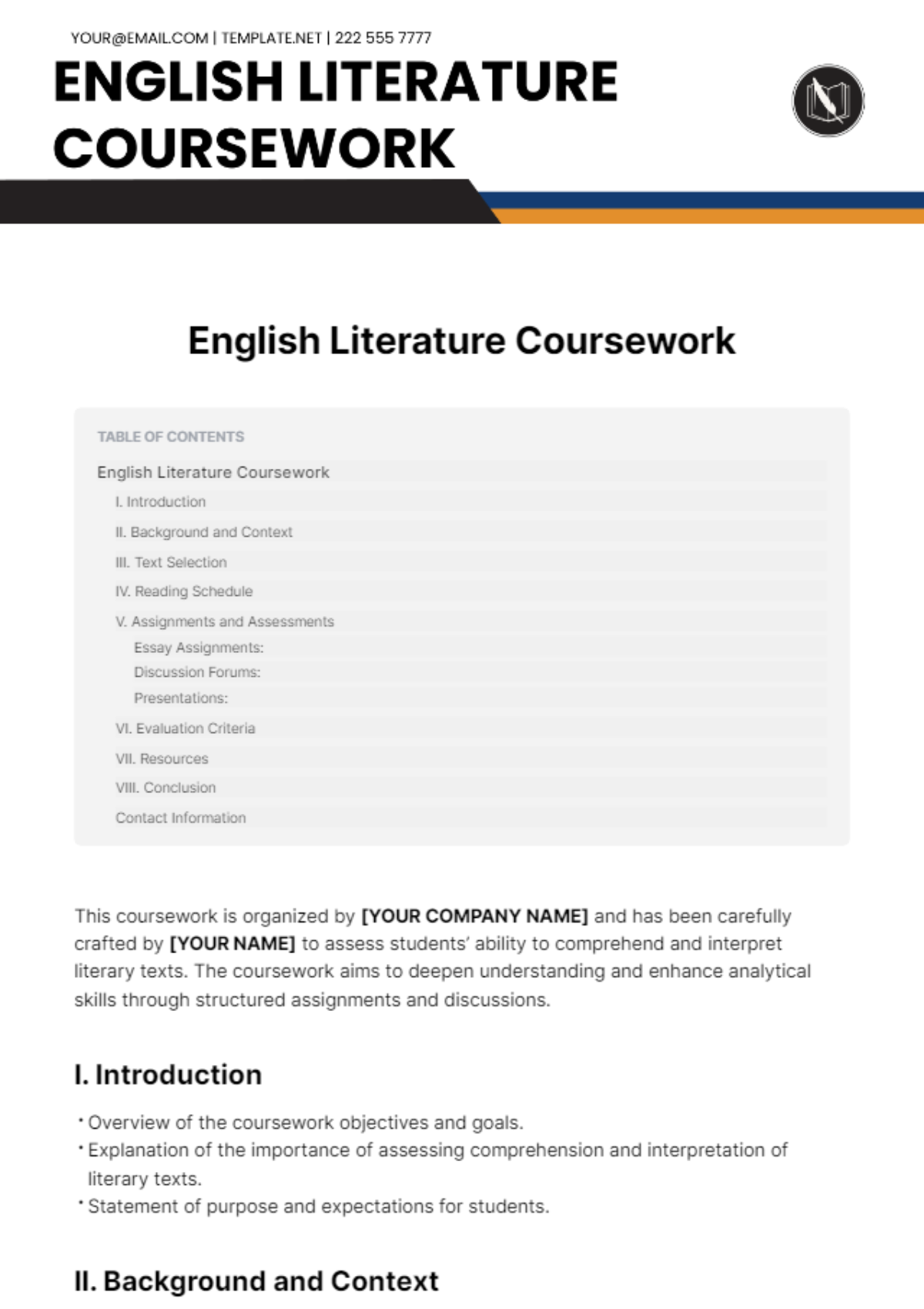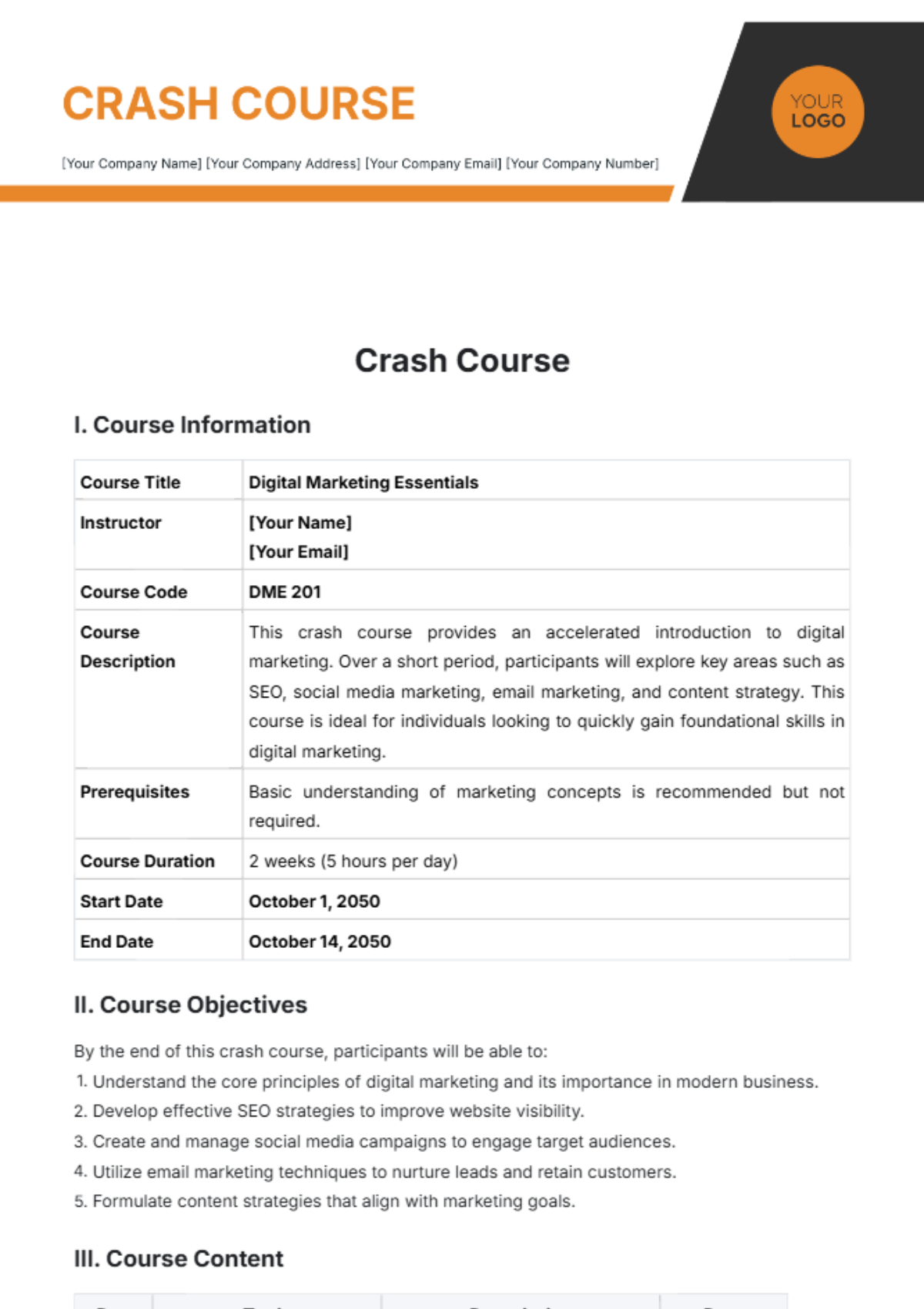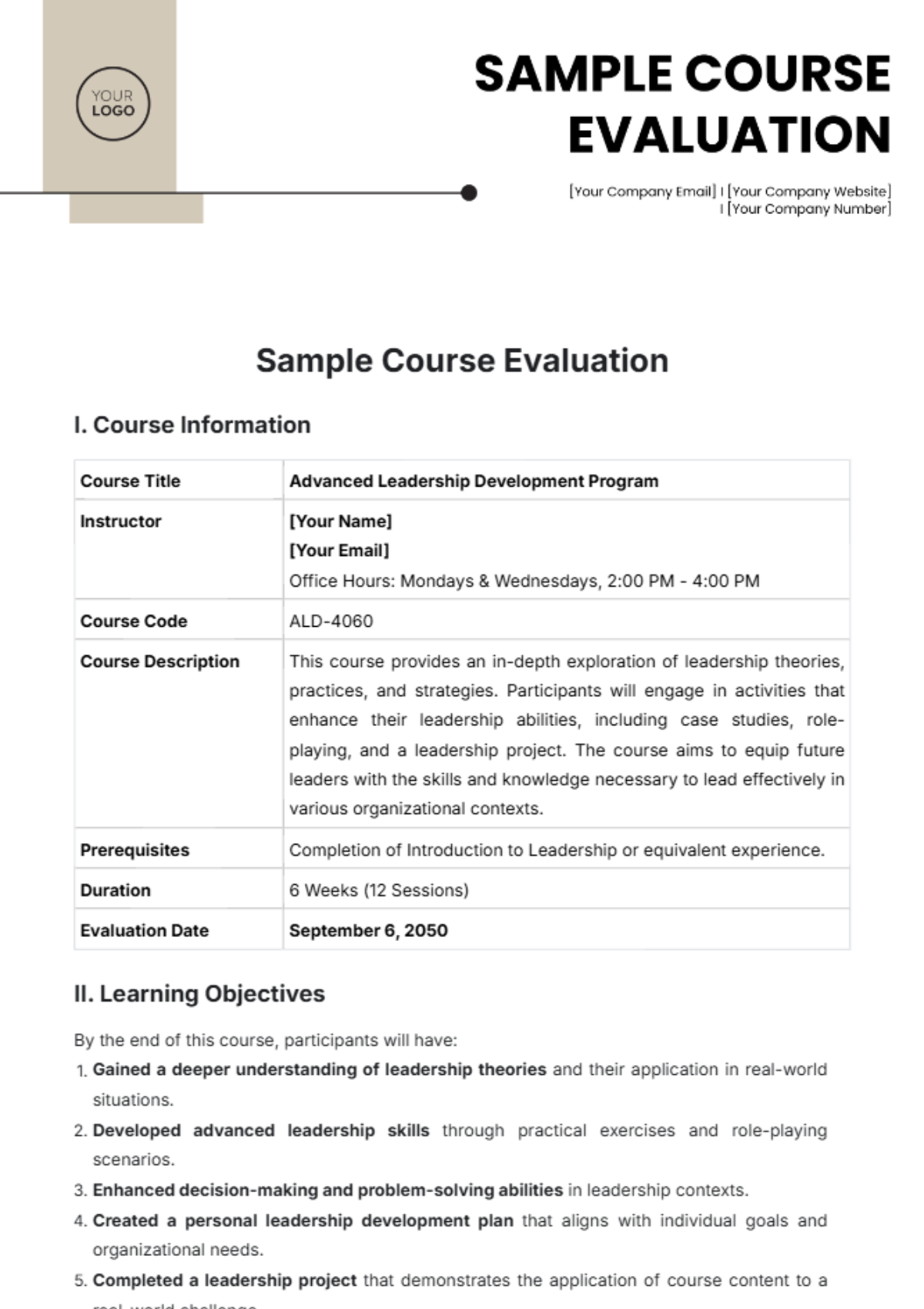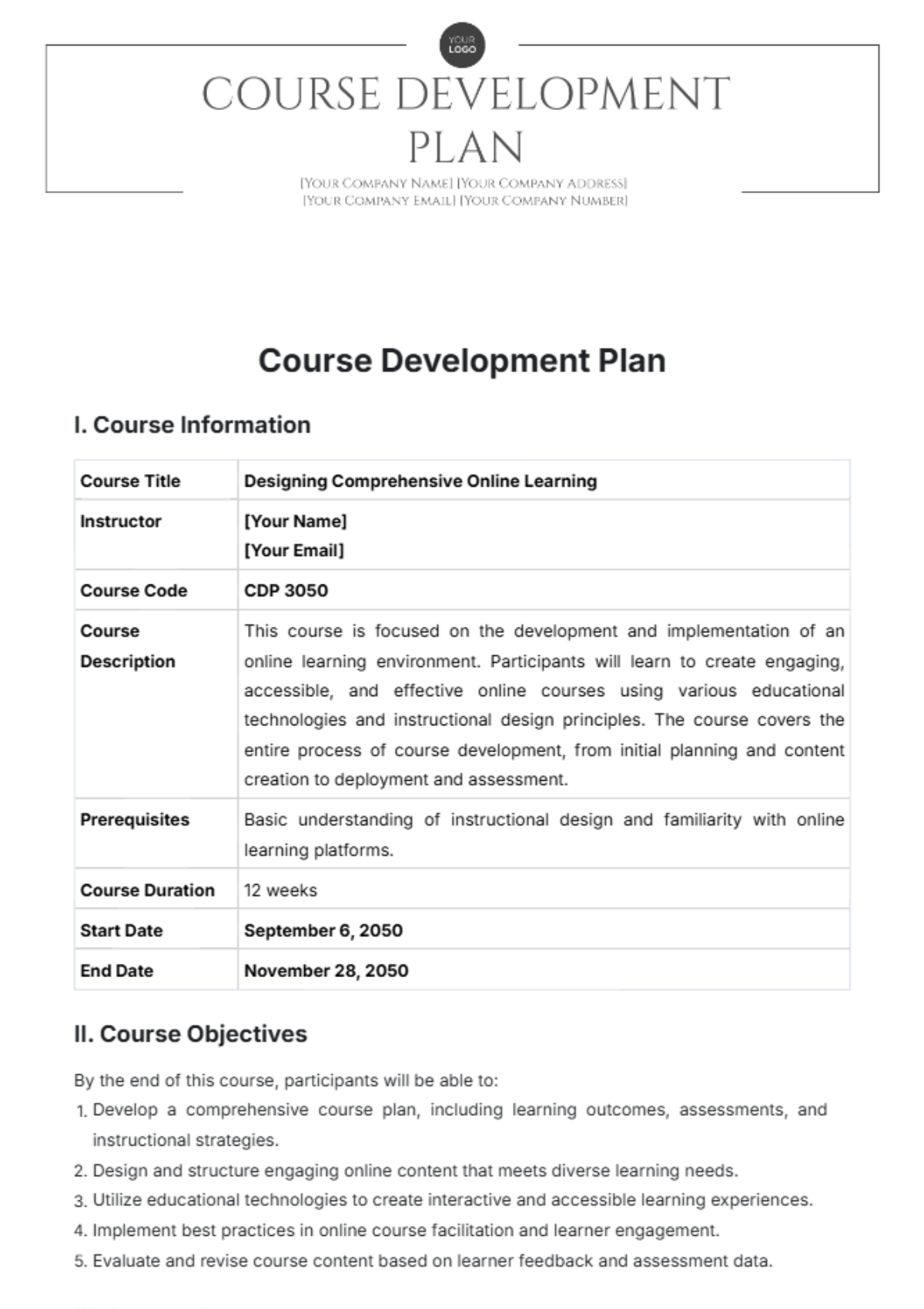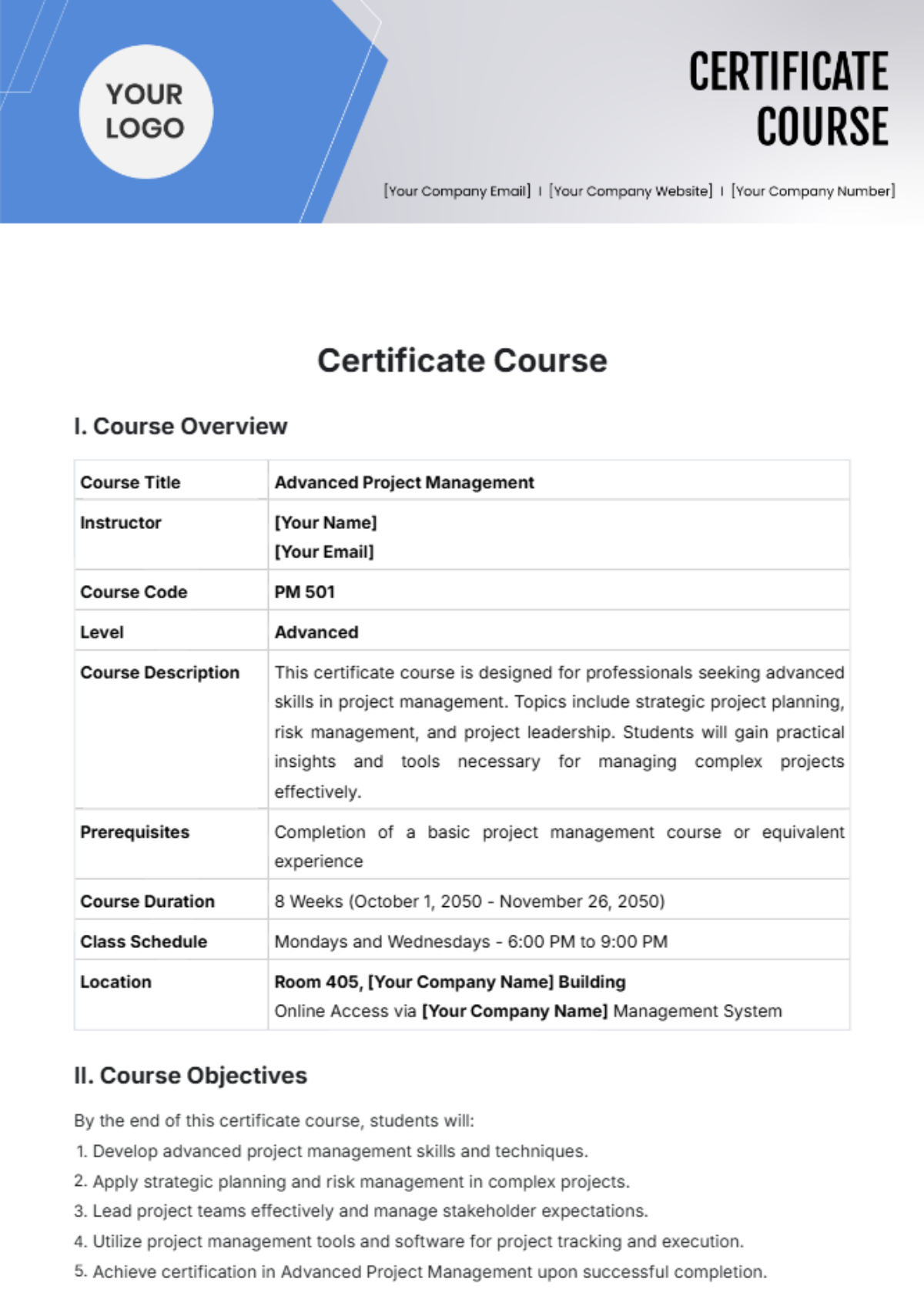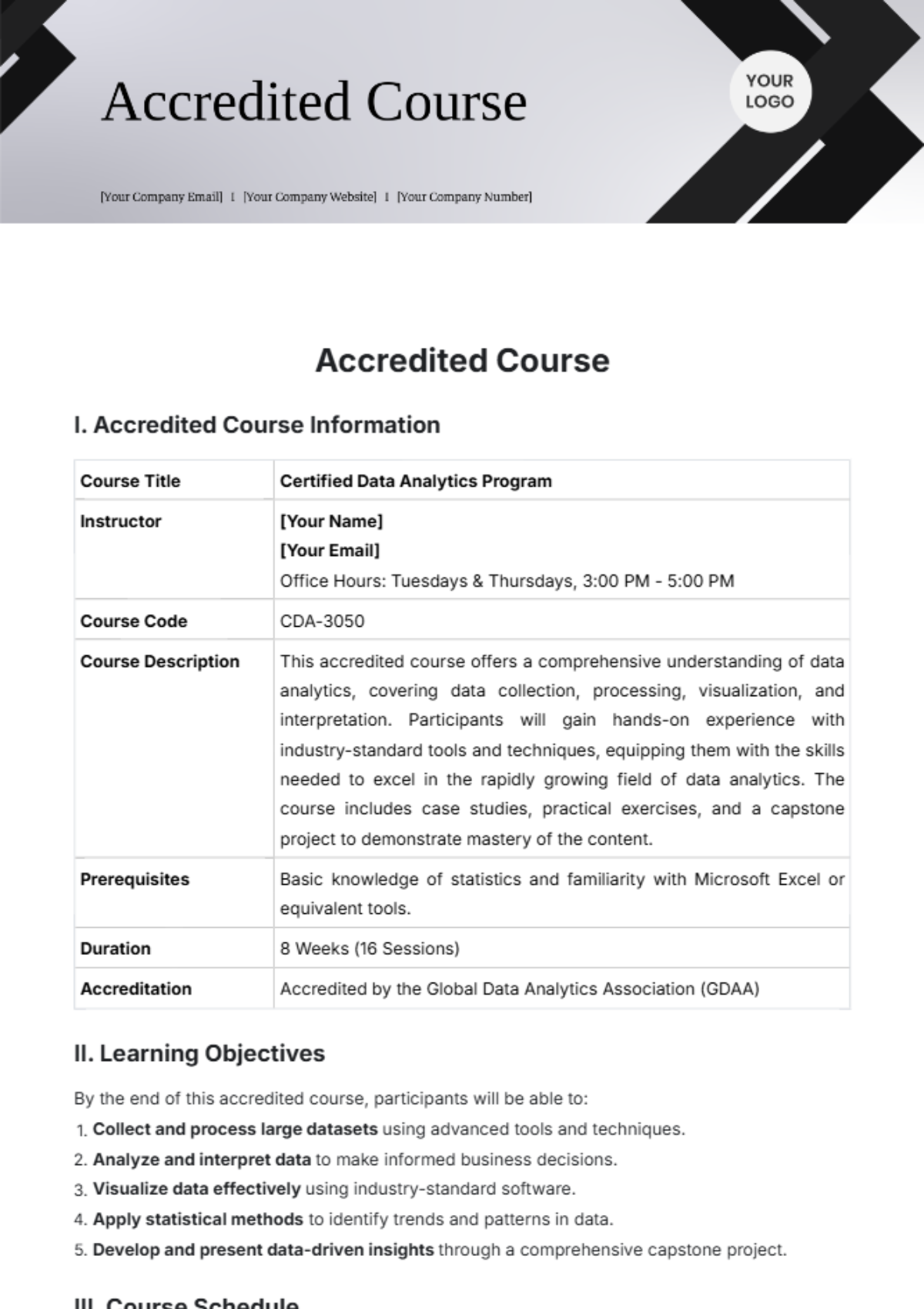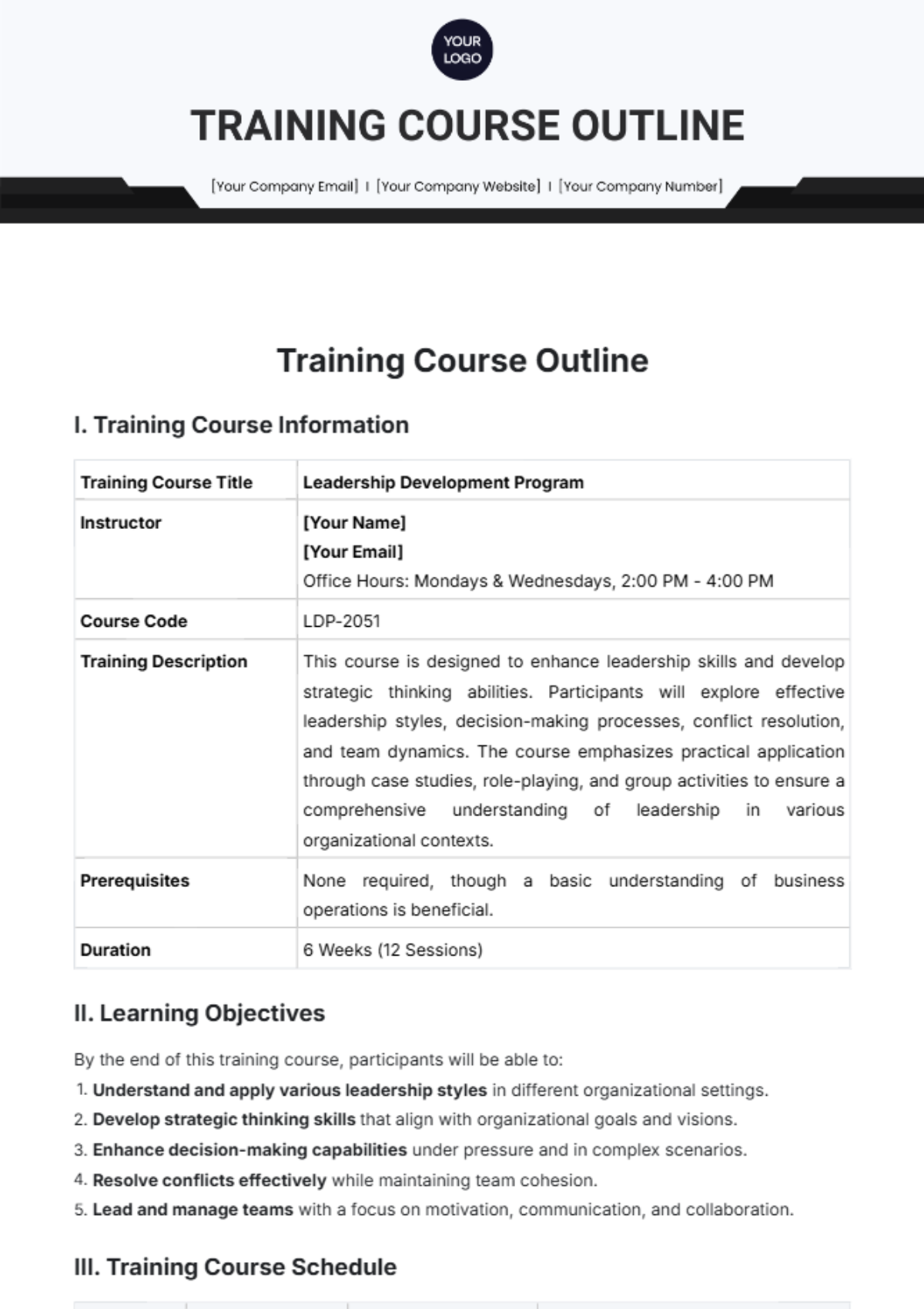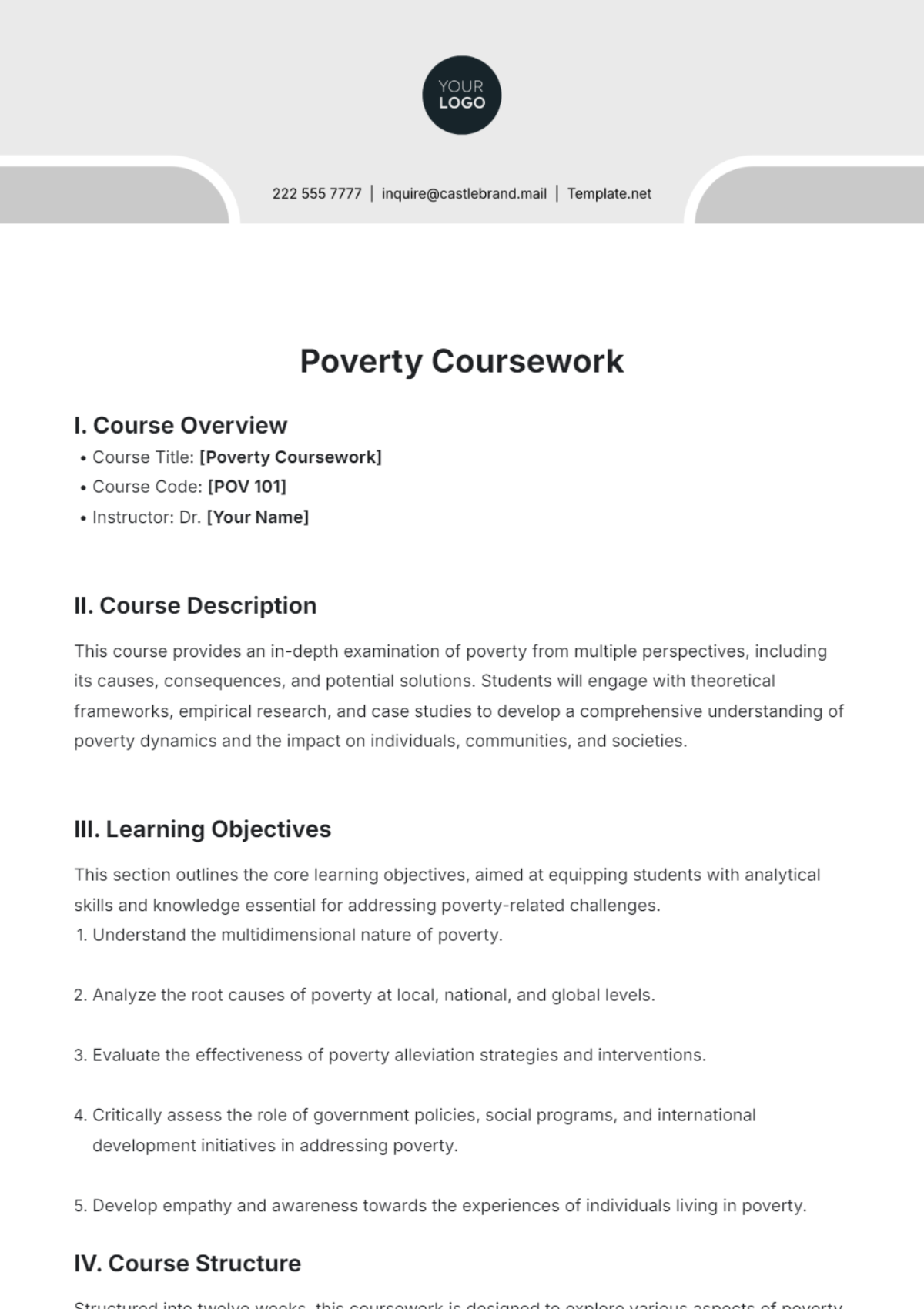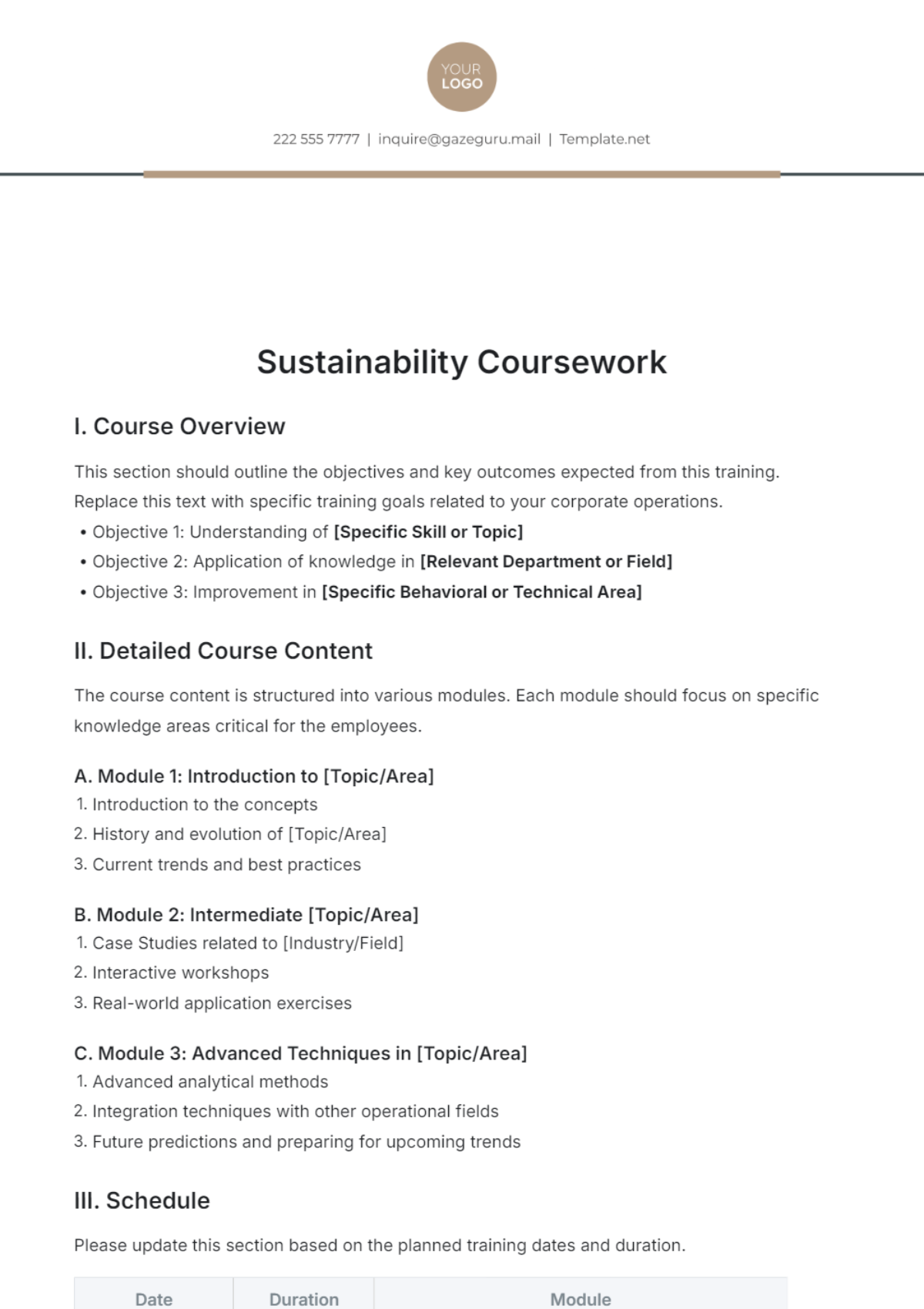Spring Coursework
Welcome to the Spring Framework Mastery Course, brought to you by [YOUR COMPANY NAME]. This course is meticulously designed by [YOUR NAME] to guide you through both fundamental and advanced aspects of the Spring Framework, enabling you to become proficient in creating robust Java applications efficiently.
I. Course Overview
This section provides general information about what to expect from the Spring Framework Mastery Course.
Section 1: Understanding the Basics of the Spring Framework
Overview of the Spring Framework
Core concepts: Dependency Injection (DI) and Inversion of Control (IoC)
Configuring Spring beans: XML-based and annotation-based configurations
Introduction to Aspect-Oriented Programming (AOP) in Spring
Section 2: Spring Core Modules
Spring Core module: BeanFactory and ApplicationContext
Spring Bean lifecycle and scopes
Working with properties files and external configurations
Spring Expression Language (SpEL) for dynamic expressions
Section 3: Spring MVC (Model-View-Controller)
Introduction to Spring MVC architecture
Creating controllers, views, and handling requests
Form handling and validation using Spring MVC
Integrating with front-end technologies: Thymeleaf, JSP, and others
Section 4: Data Access with Spring
Overview of Spring Data Access/Integration modules
Integrating Spring with JDBC for database operations
Using Spring Data JPA for easy ORM (Object-Relational Mapping)
Transaction management in Spring: Declarative and programmatic approaches
Section 5: Spring Boot
Introduction to Spring Boot: Features and benefits
Creating Spring Boot applications using Spring Initializr
Auto-configuration and starters in Spring Boot
Building RESTful APIs with Spring Boot and Spring Data REST
Section 6: Advanced Spring Concepts
Spring Security: Authentication and authorization
Working with Spring WebFlux for reactive programming
Microservices architecture with Spring Cloud
Testing Spring applications: Unit testing and integration testing
Section 7: Best Practices and Design Patterns
Design patterns in Spring: Singleton, Factory, DAO, etc.
Error handling and logging in Spring applications
Performance optimization techniques
Deploying Spring applications to production environments
II. Learning Objectives
By the end of this course, participants will be able to:
Understand and apply Spring Framework basic and advanced concepts.
Develop complete applications using Spring MVC.
Secure applications with Spring Security.
Create and manage Microservices with Spring.
Enhance performance using Spring Best Practices.
III. Course Schedule
Week | Topics | Activities |
|---|---|---|
1-2 | Introduction to Spring Framework | Lectures, Quizzes |
3-4 | Deep Dive into DI and IOC in Spring | Coding Assignments, Group Discussion |
5-6 | Building Web Applications with Spring MVC | Project Work, Peer Reviews |
7-8 | Advanced Topics: Spring Security, Microservices | Case Studies, Workshops |
9 | Final Assessment and Project Presentation | Final Exam, Project Defense |
IV. Assessment Criteria
Evaluation throughout the course will consist of:
Weekly Quizzes (20% of final grade)
Hands-on Coding Assignments (30% of final grade)
Final Project (30% of final grade)
Participation and Engagement in Discussions (20% of final grade)
V. Additional Resources
Additional resources to facilitate your learning:
Access to a private GitHub repository with example code and projects.
Subscription to digital libraries for latest research and developments in software engineering.
Weekly guest lectures from industry experts.
VI. Terms and Conditions
Please read carefully the following terms and conditions related to your participation in the course:
The timeline provided in the course schedule is tentative and subject to change based on the cohort’s progress.
All assessments must be completed by the designated deadline, unless prior arrangements are made.
Failure to meet assessment requirements may result in not receiving a course completion certificate.
VII. Conclusion:
Congratulations on completing the Comprehensive Spring Framework Coursework! You've gained a solid understanding of both the fundamentals and advanced concepts of the Spring Framework, empowering you to develop robust and scalable enterprise applications with confidence. Keep exploring and applying your newfound knowledge to real-world projects, and continue your journey of growth in Java development with Spring.
VIII. Contact Information
Should you have any questions or need further assistance during the course, please do not hesitate to contact us using the provided details.
Name: [YOUR NAME]
Email: [YOUR COMPANY EMAIL]
Address: [YOUR COMPANY ADDRESS]
Phone: [YOUR COMPANY NUMBER]
Website: [YOUR COMPANY WEBSITE]
Social Media: [YOUR COMPANY SOCIAL MEDIA]
